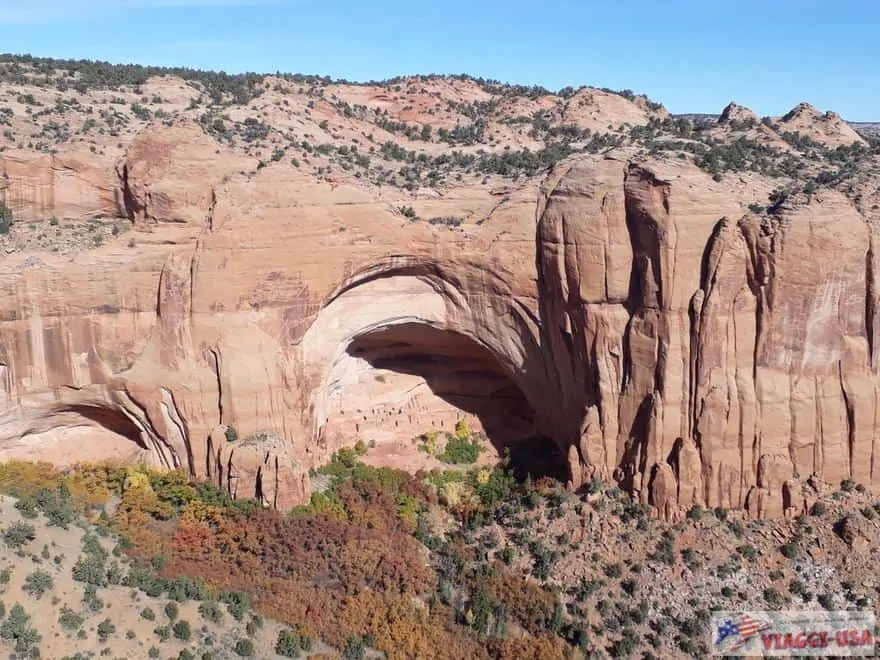The ‘Grand Canyon State’ is one of the most beloved regions for those seeking the typical red rock natural parks of the American Southwest. Here, you will find some of the most iconic landscapes of the entire Old West. Here’s how to explore this extraordinary land.
Contents
- Arizona at a Glance…
- Arizona Tourism
- Best Things to See and How to Plan an Itinerary
- Scenic Routes and Roads
- Time Zone
- Parks
- Best Parks in Arizona: Map and Tips to Help You Plan Your Visit
- Grand Canyon Trip Planner: a Travel Guide to the Arizona Natural Wonder
- Monument Valley Tribal Park
- Exploring Antelope Canyon: A Guide to Tours, Tickets, and Reservations
- Canyon de Chelly National Monument: How to Plan a Tour
- Petrified Forest and Painted Desert: Amazing Views in Arizona
- Visit Saguaro National Park, the Park of the Giant Cacti in Arizona
- Other Nature Attractions
- Meteor Crater: Discover the immense crater of Arizona
- Visit Lake Powell: Attractions, Tours and Hikes
- Visit Horseshoe Bend: Discover a Miracle of Nature
- Vermilion Cliffs and Paria Canyon: Two Hidden Gems
- Lees Ferry: A Day Trip on the Colorado River Where the Grand Canyon Begins
- Waterholes Canyon: How to Visit This Unknown Slot Canyon in Arizona
- Glen Canyon Dam: How to Visit This Impressive Dam on Lake Powell
- Coal Mine Canyon: Discovering A Natural Wonder in Arizona
- The Most Beautiful Slot Canyons in Arizona
- Navajo National Monument: Ancient Cliff Dwellings in Arizona
- Little Colorado River Gorge: A Miniature Version of the Grand Canyon
- The New Wave in Page: Here’s a Great Alternative to the Wave in Vermilion Cliffs!
- How to Get to Stud Horse Point? Tips for Visiting the Hoodoos near Page, AZ
- How do you get to Grand Falls in Arizona? Let’s discover the famous Chocolate Falls!
- Visiting Lake Mead: Things to Do, Beaches and Hiking Trails
- The Wave in Arizona – A Complete Guide to get your Permit
- White Pocket in Arizona: a marvel in the Vermillion Cliffs National Monument
- Cities and Ghost Towns
- What is there to do in Flagstaff: a charming city in Arizona
- Oatman: A Thriving “Ghost Town” on the Arizona Border
- Visit Phoenix: Arizona’s Capital’s Must See Attractions
- What to See in Page: Discover Antelope Canyon and Lake Powell
- Best Things to Do in Sedona: A Mysterious City among the Red Rocks of Arizona
- Visit Tombstone, Arizona: A Town in the Heart of the American West
- Scottsdale, Arizona: Attractions in Old Town, the Art District and in the Surroundings
- Tucson, Arizona: Best Places to Visit in and Around the City
- Kingman: A Strategic Stop along Route 66 in Arizona
- Seligman: The Historic Town on Route 66 that Inspired Disney-Pixar’s Cars
- Route 66 in Arizona
- Unusual Attractions
- Map of Places to Visit
- Arizona General Information
Arizona at a Glance…
Here are some concise facts about the state of Arizona.
Arizona Tourism
Due to its climate and natural beauty, Arizona is one of the American states that attracts tourists from all over the world. Each year, Arizona welcomes between 40 and 50 million tourists, drawn primarily to its natural attractions and national, state, or Native American-managed parks. Here, you’ll find some of the world-famous icons of the USA: rock formations and canyons that make these landscapes unique and unmistakable.
In Arizona, there are three National Parks – Grand Canyon, Petrified Forest, and Saguaro. Thanks to the historic presence of Native Americans, there are 18 National Monuments, including Navajo National Monument, Canyon de Chelly, Vermilion Cliffs, and Montezuma Castle. In addition to these, there are a total of 31 State Parks (parks managed directly by the state of Arizona, not included in the national park pass), and especially the parks located within Native American reservations and directly managed by the native populations. Some of these are among the most popular tourist destinations, such as the iconic Monument Valley or Antelope Canyon.
Main Arizona Airports
The most important airports in the state are Phoenix Sky Harbor International Airport in Phoenix and Tucson International Airport in Tucson, serving the southern part of the state very effectively. However, since Arizona is often visited in combination with other states in the Southwest and on the West Coast, travelers often choose to land at California airports such as Los Angeles International Airport, San Francisco International Airport, and San Diego International Airport, as well as at McCarran International Airport in Las Vegas. This allows them to include other destinations that might otherwise be more challenging to reach.
Another way to reach Arizona is by renting a car and traveling along Route 66, the famous road that crosses a significant portion of the United States from Chicago to Santa Monica.
Getting Around Arizona
As in much of the United States, the best way to get around Arizona is by car. The two main highways are I-40 and I-10. The first one crosses the state to the north of the mountains, connecting California and New Mexico through Flagstaff. The second one runs parallel to the first but to the south, connecting California to Phoenix, then down to Tucson and continuing into New Mexico. Branching off from I-10, roughly halfway between Phoenix and Tucson, is I-8, providing another important link to California and reaching San Diego.
From north to south, the most important road is I-17 between Flagstaff and Phoenix. From a tourist perspective, the most significant area is to the north of Flagstaff, where you’ll find US-180 and AZ-64 (heading northwest towards the Grand Canyon) and US-89 and US-160 (heading northeast towards Page and Monument Valley). These latter roads, being the primary connections to Utah, are among the most traveled routes for tours covering multiple states in the Southwest.
Best Things to See and How to Plan an Itinerary
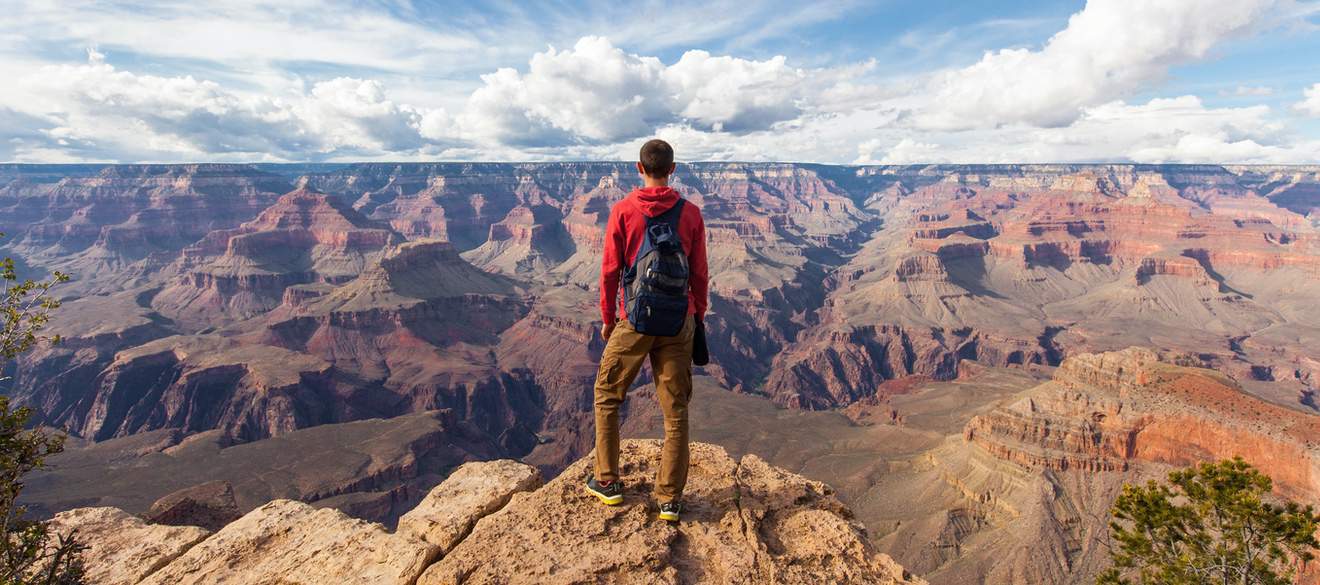
Best Things to Do in Arizona and Tips for Planning Your Trip
Scenic Routes and Roads
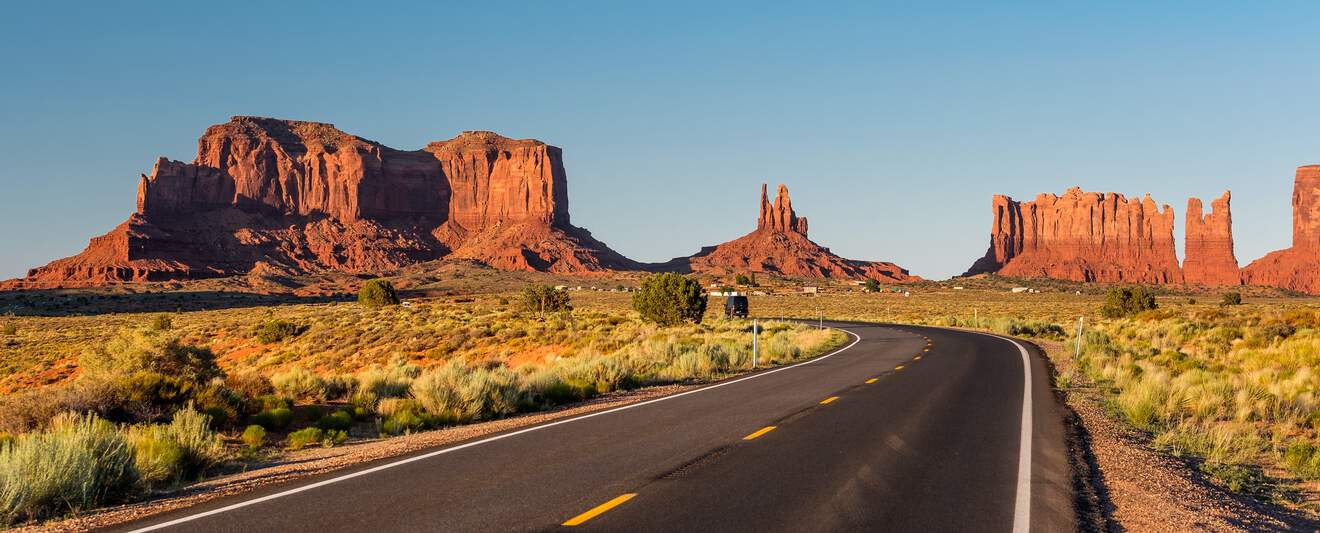
From Monument Valley to Grand Canyon: Suggested Road Trip Itinerary
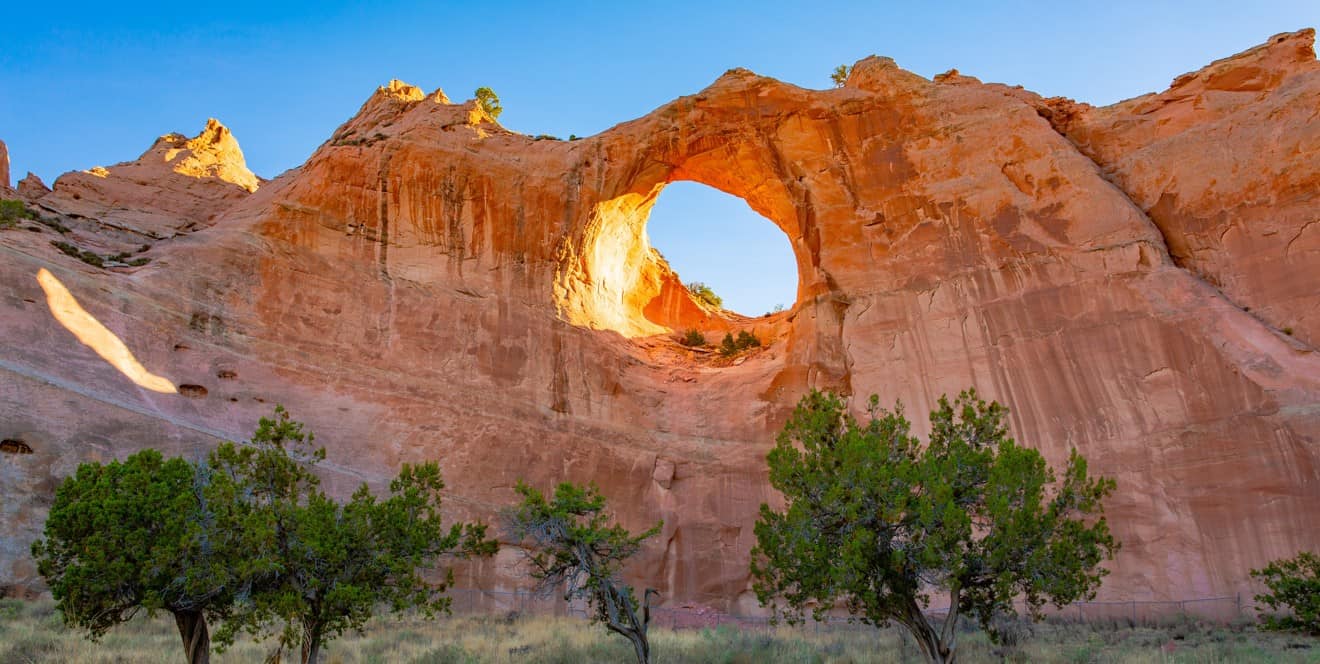
Indian Route 12: A Scenic Route that Connects Arizona and New Mexico
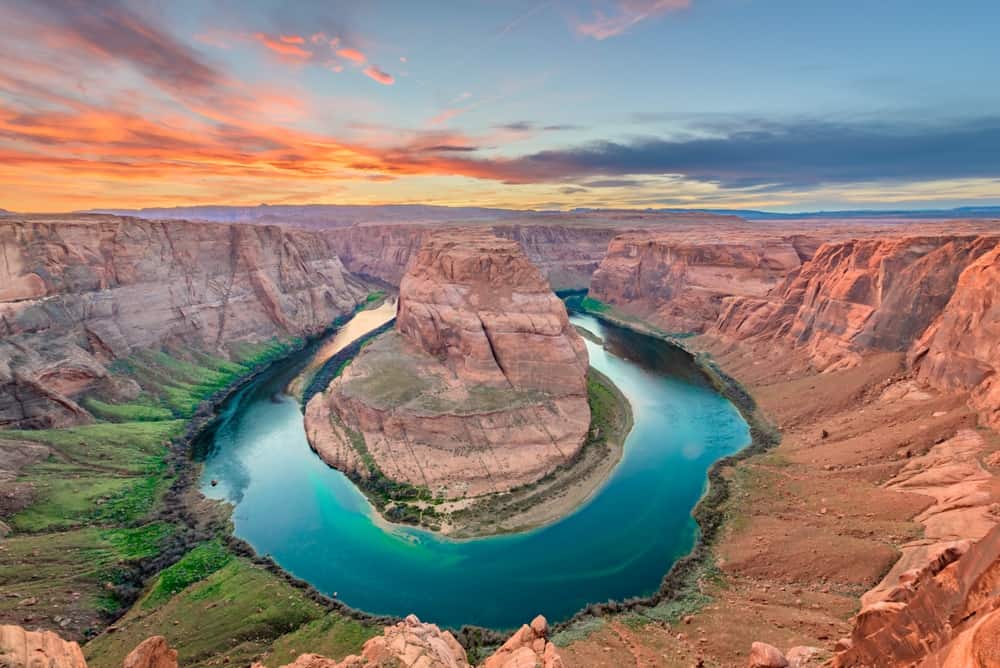
Antelope Canyon and Horseshoe Bend: How to Visit Both in One Day
Time Zone
What is the Time Difference between Monument Valley and Page? The two time zones of Arizona
During the intense and unforgettable days of my journey from Las Vegas to Monument Valley, my ability to tell time was put to the test. I felt like I was in a daze because of the rush from one stop to the next, the beauty and incredible variety of places that were completely new to me, and the constantly changing …
Read moreParks
Best Parks in Arizona: Map and Tips to Help You Plan Your Visit
Arizona, like Utah and California, is a state particularly rich in National Parks and National Monuments (natural areas protected by the U.S. government), and undoubtedly, the icon of the Southwest is the Grand Canyon, an impressive gorge carved into the depths of the earth. But unlike the other two states mentioned, Arizona can also boast the parks on the Indian …
Read more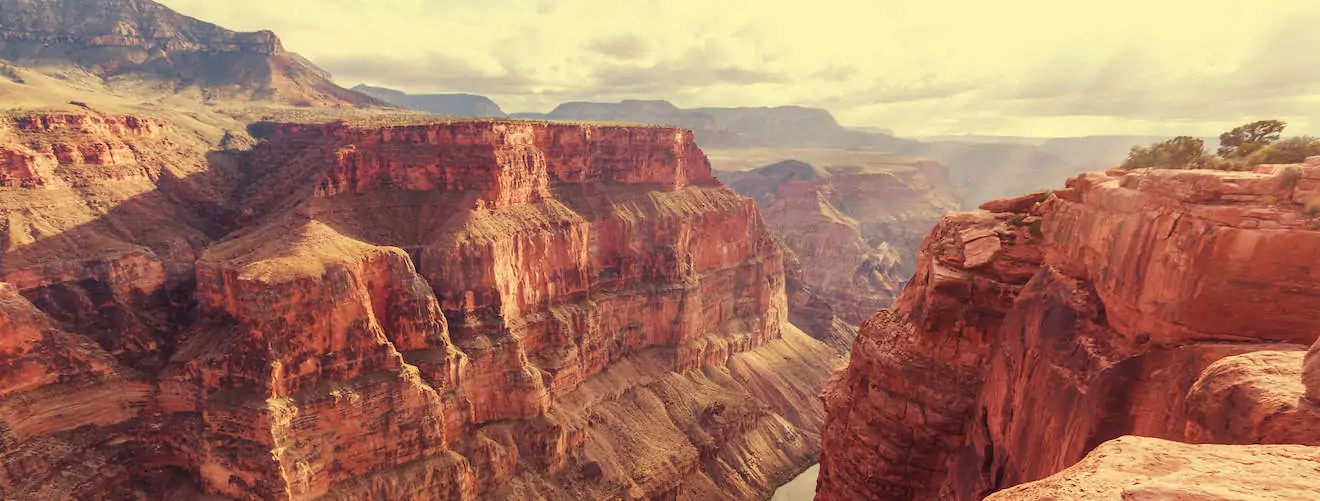
Grand Canyon Trip Planner: a Travel Guide to the Arizona Natural Wonder
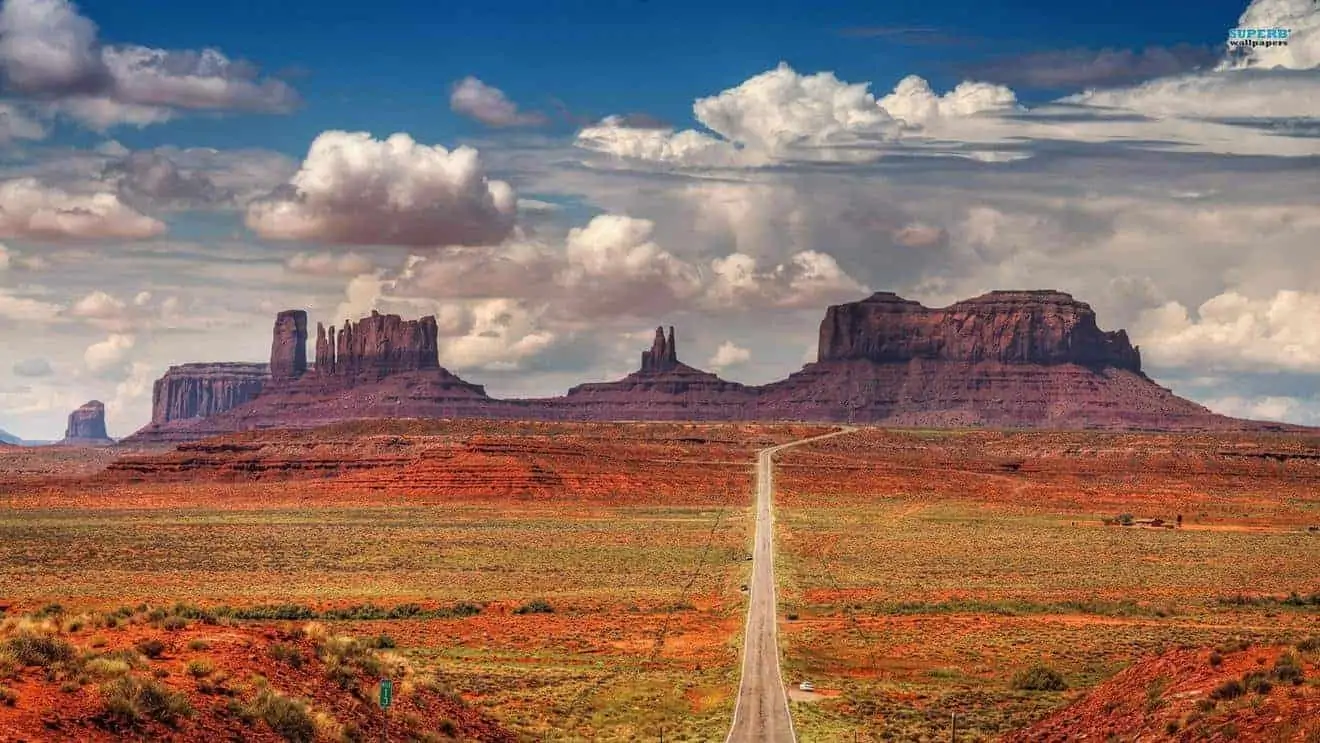
Monument Valley Tribal Park
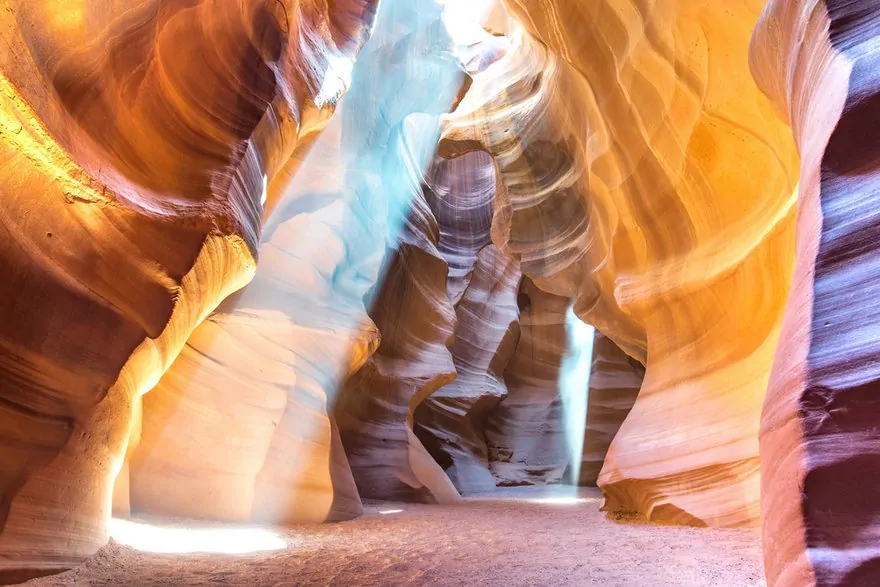
Exploring Antelope Canyon: A Guide to Tours, Tickets, and Reservations
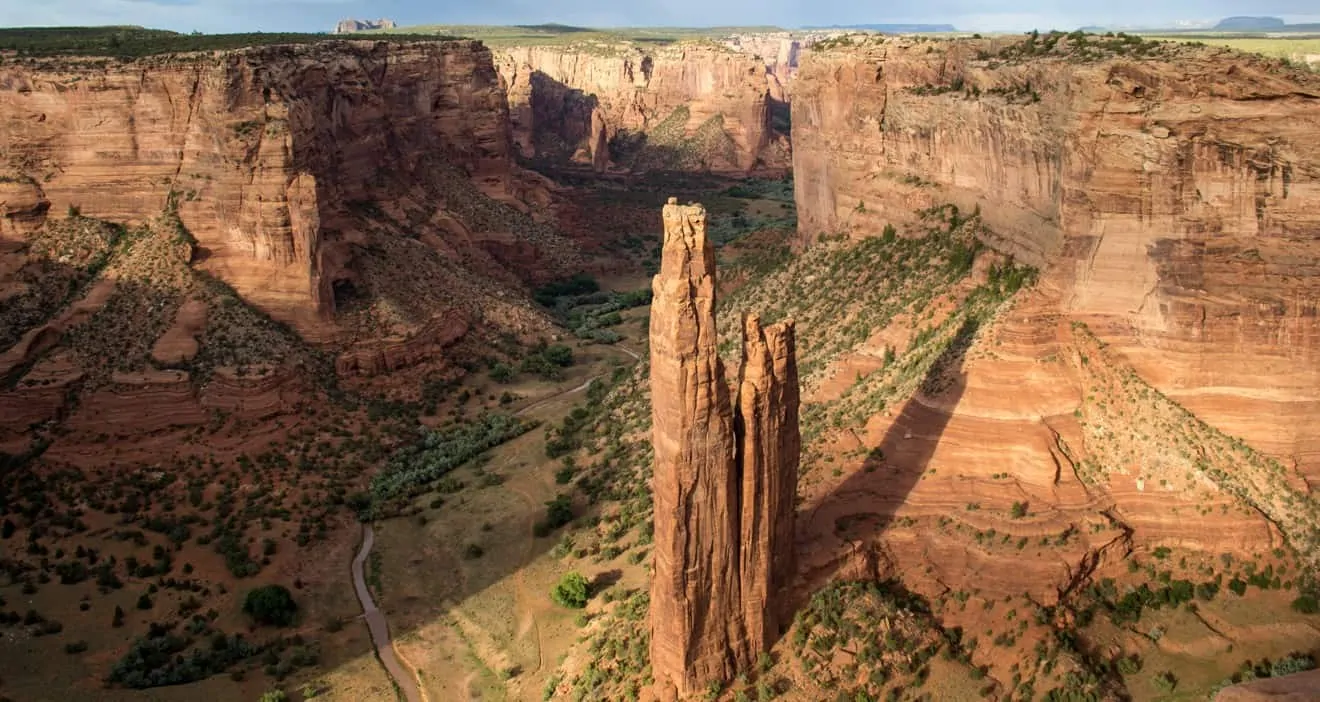
Canyon de Chelly National Monument: How to Plan a Tour
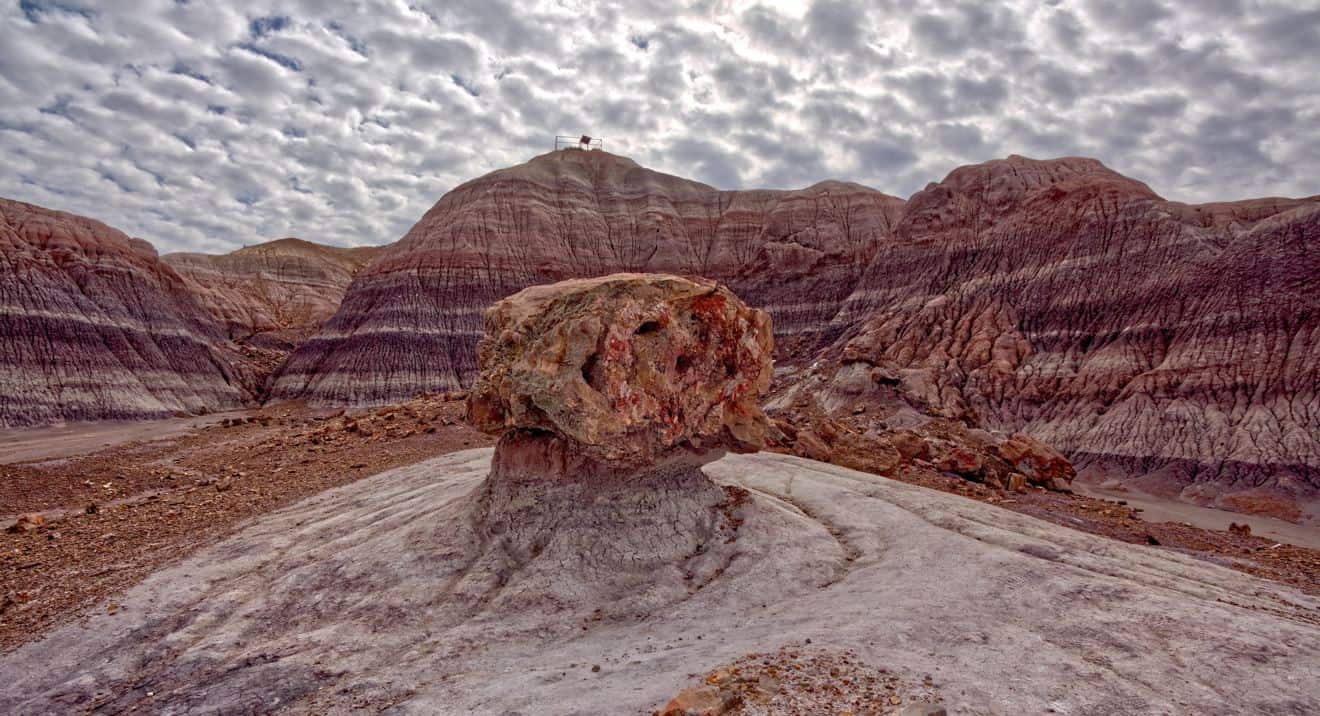
Petrified Forest and Painted Desert: Amazing Views in Arizona
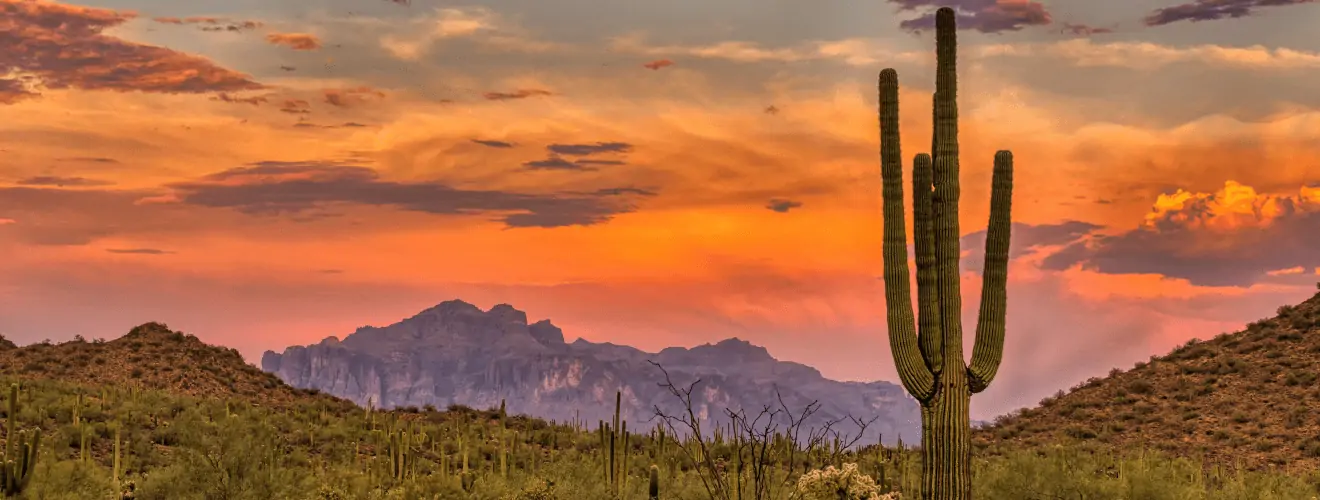
Visit Saguaro National Park, the Park of the Giant Cacti in Arizona
Other Nature Attractions
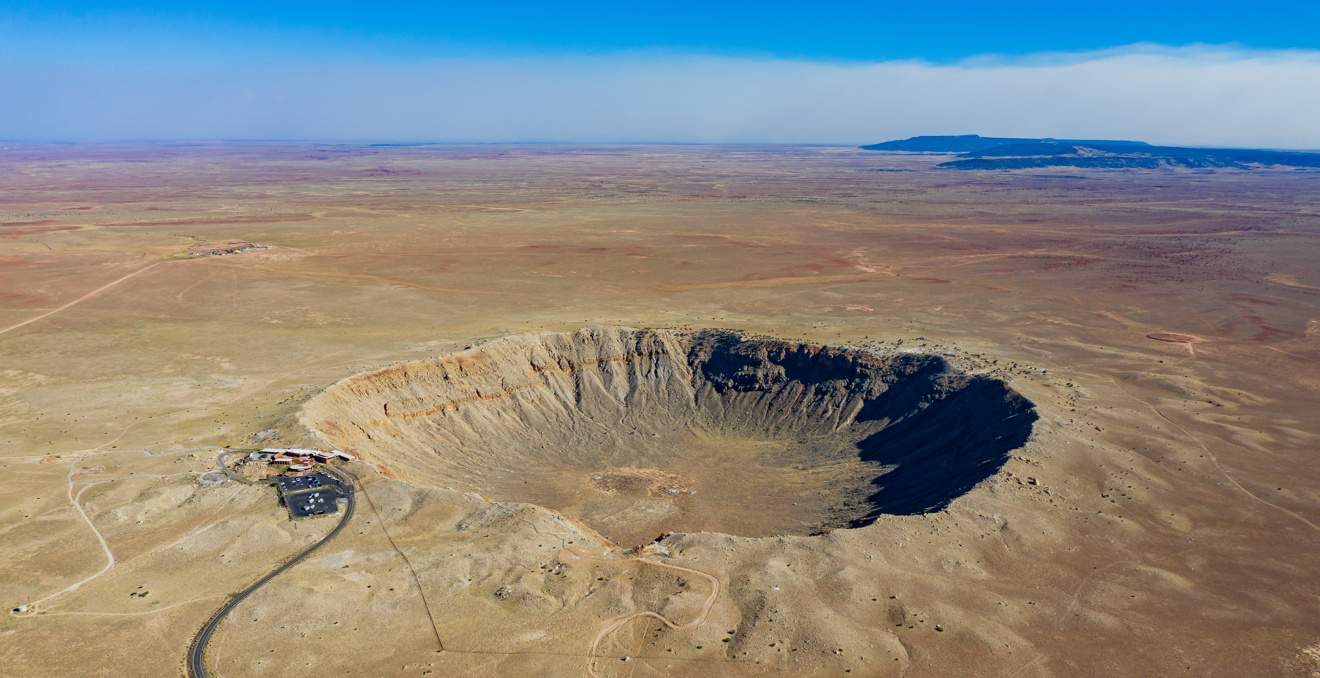
Meteor Crater: Discover the immense crater of Arizona
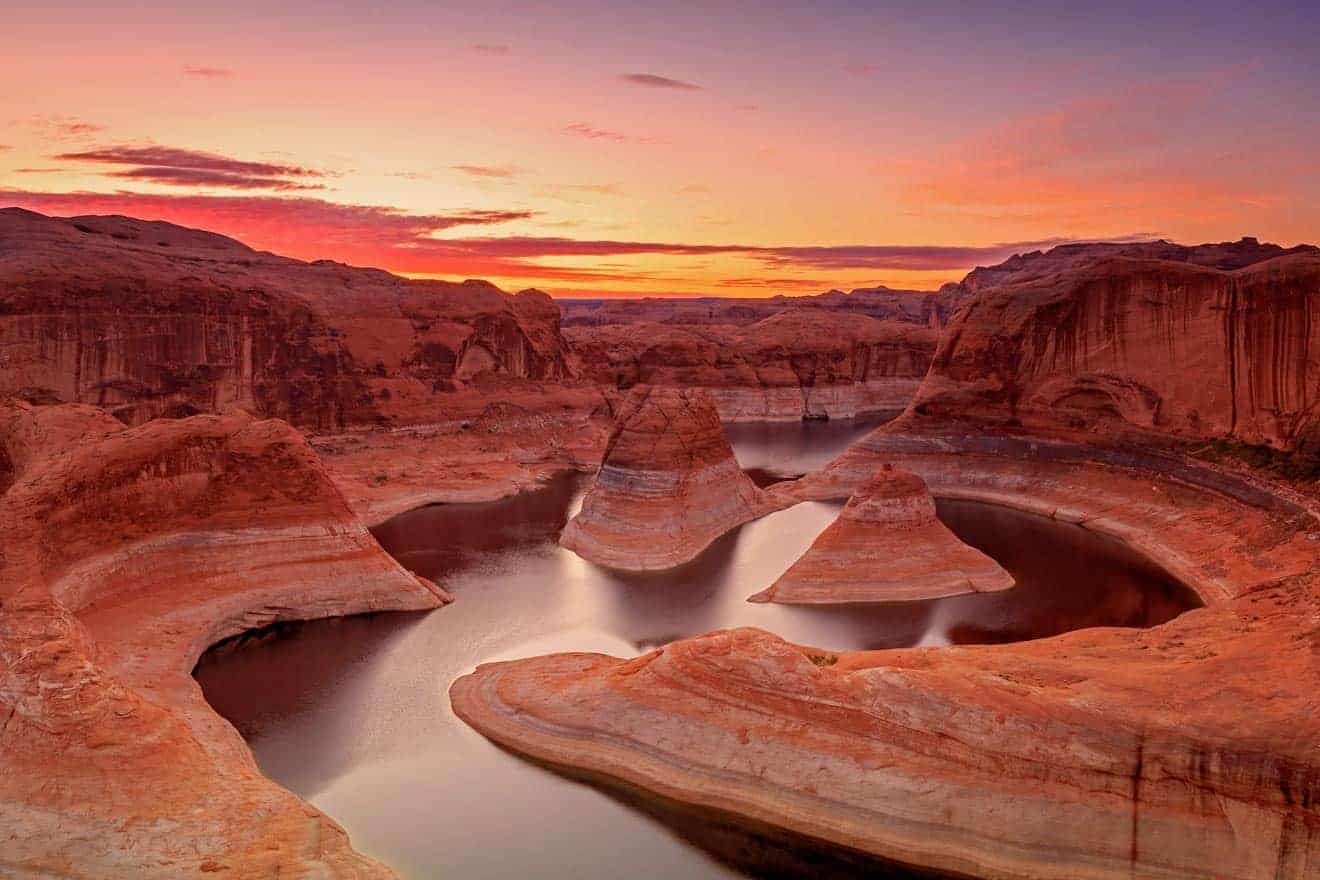
Visit Lake Powell: Attractions, Tours and Hikes
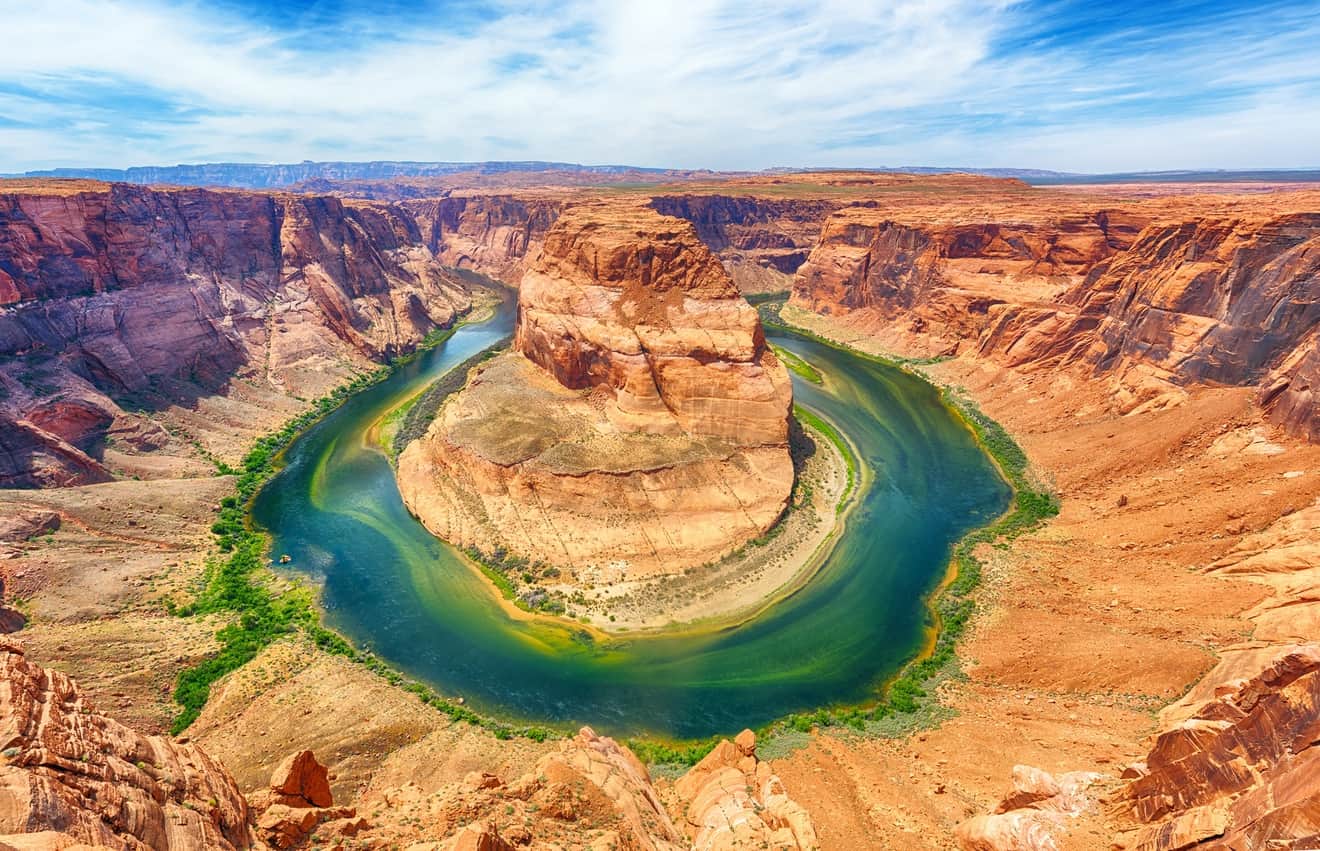
Visit Horseshoe Bend: Discover a Miracle of Nature
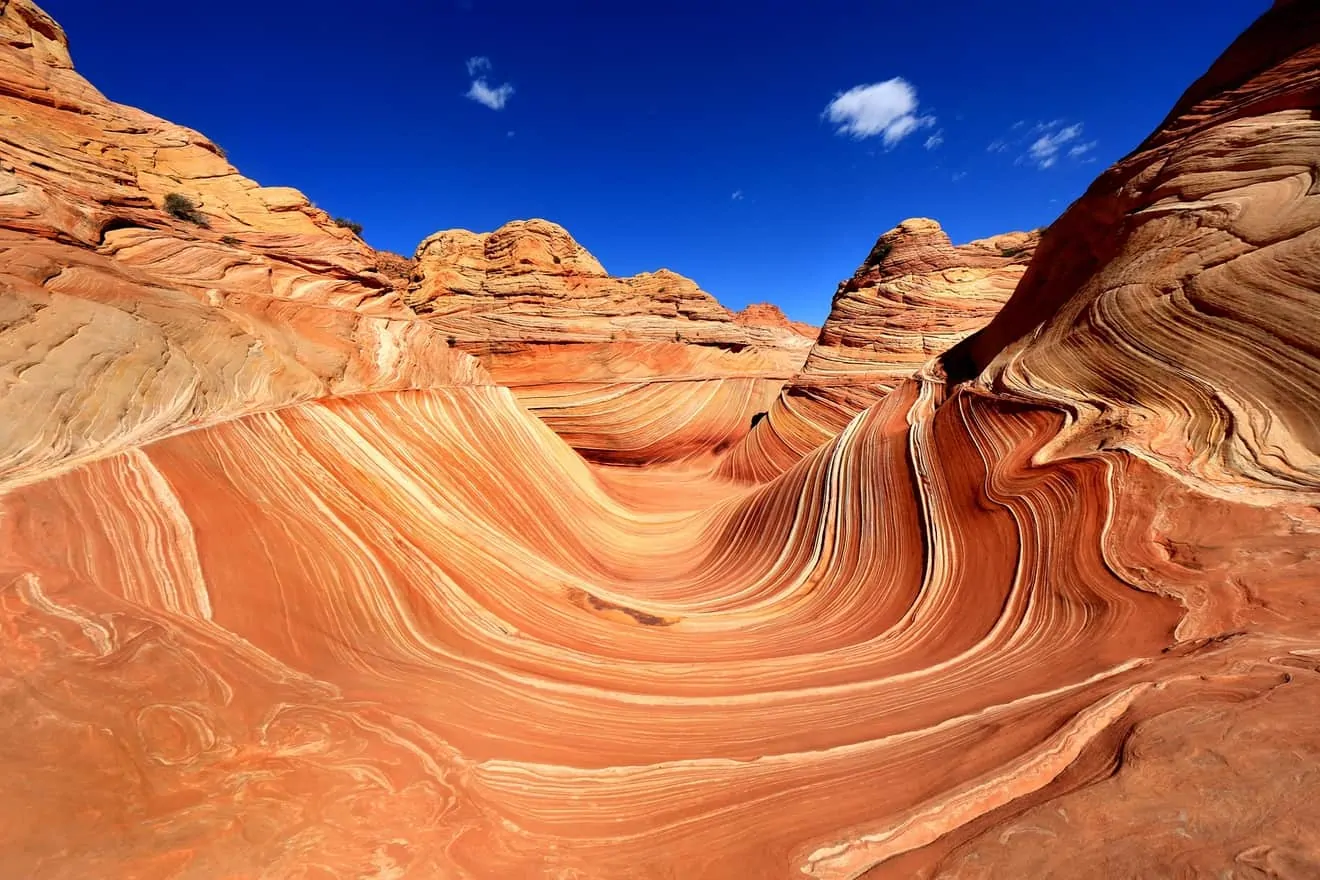
Vermilion Cliffs and Paria Canyon: Two Hidden Gems
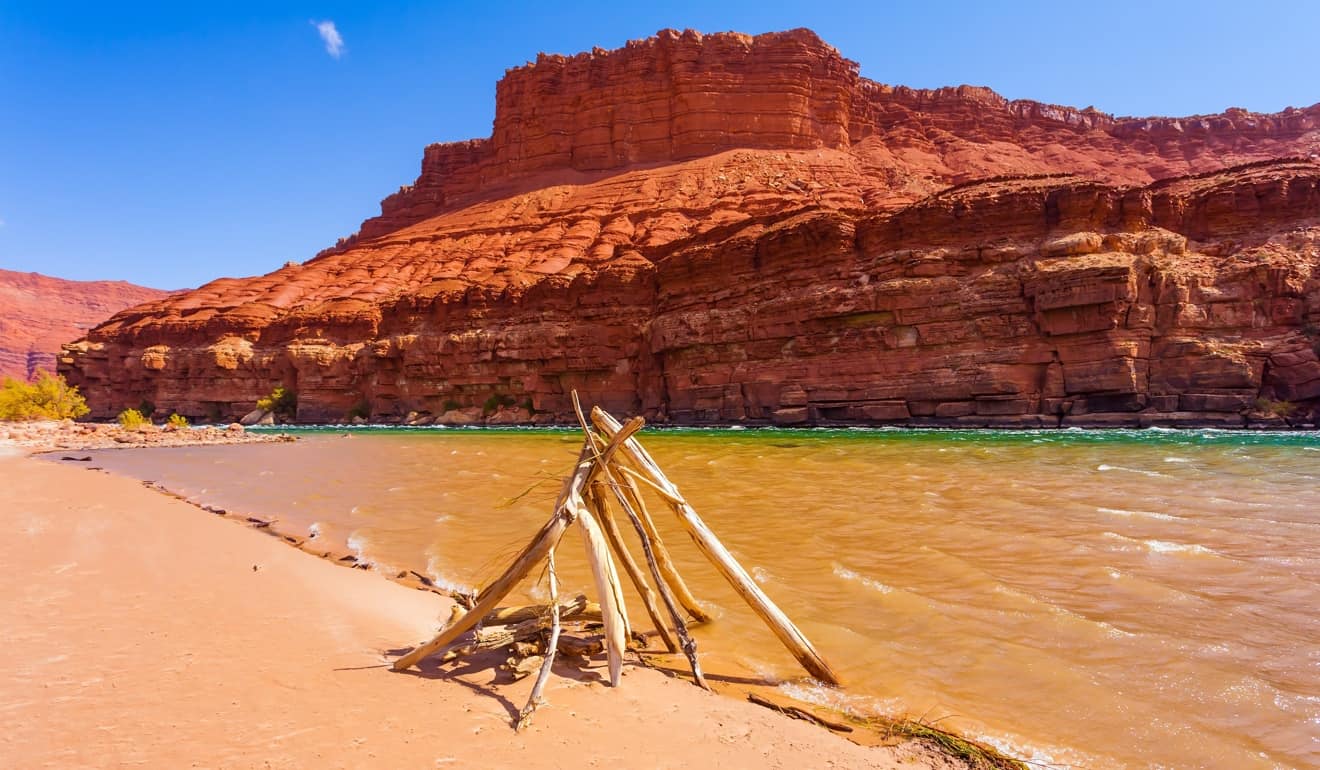
Lees Ferry: A Day Trip on the Colorado River Where the Grand Canyon Begins
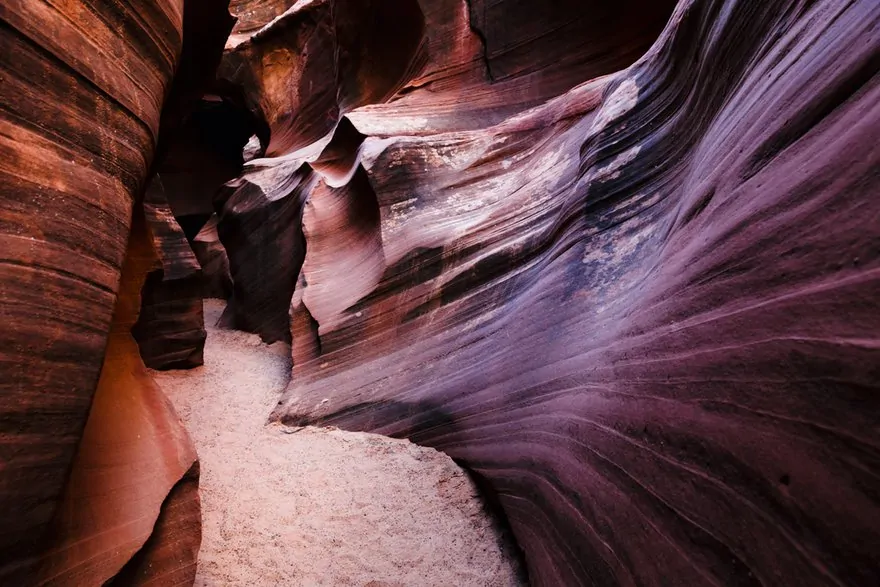
Waterholes Canyon: How to Visit This Unknown Slot Canyon in Arizona
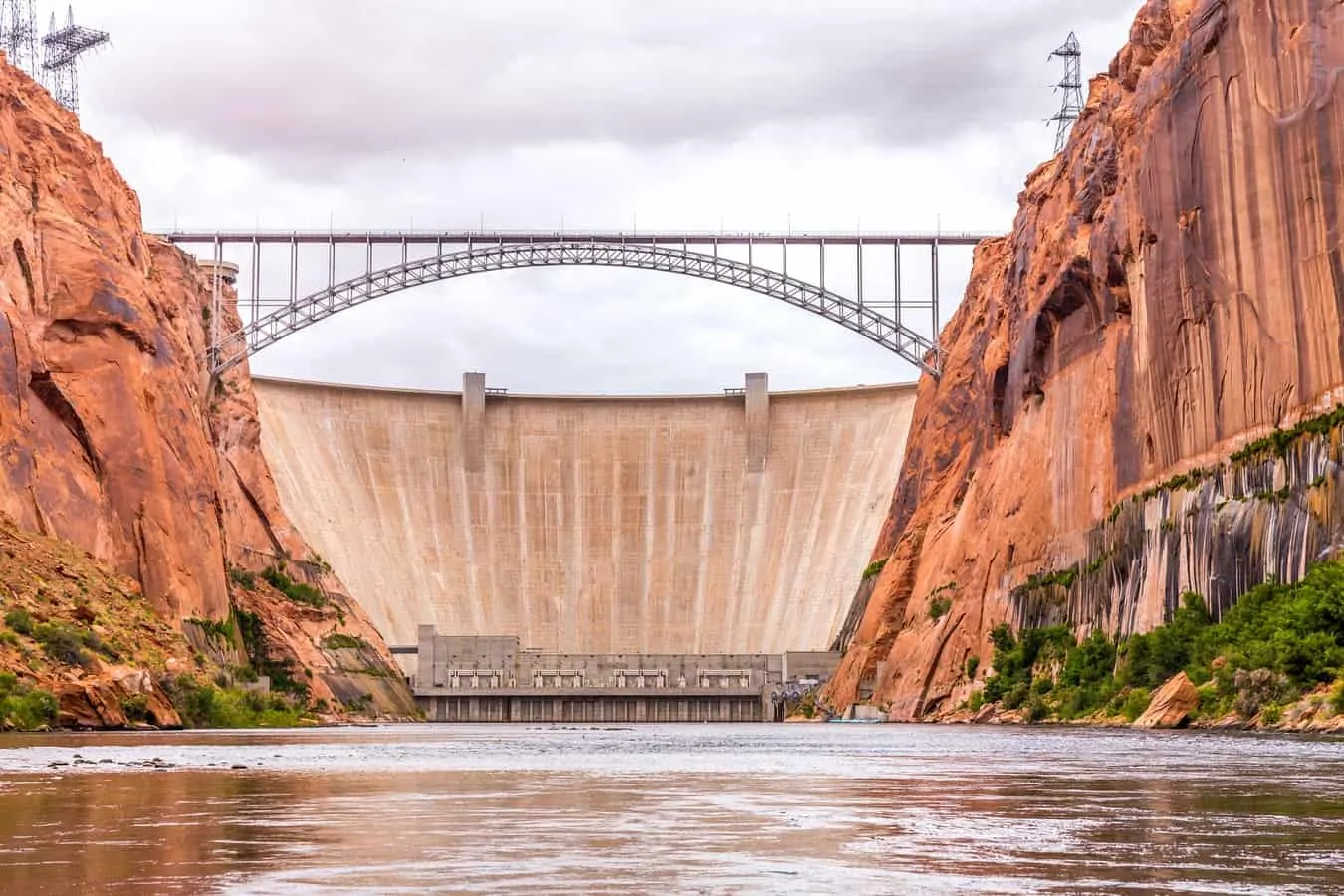
Glen Canyon Dam: How to Visit This Impressive Dam on Lake Powell
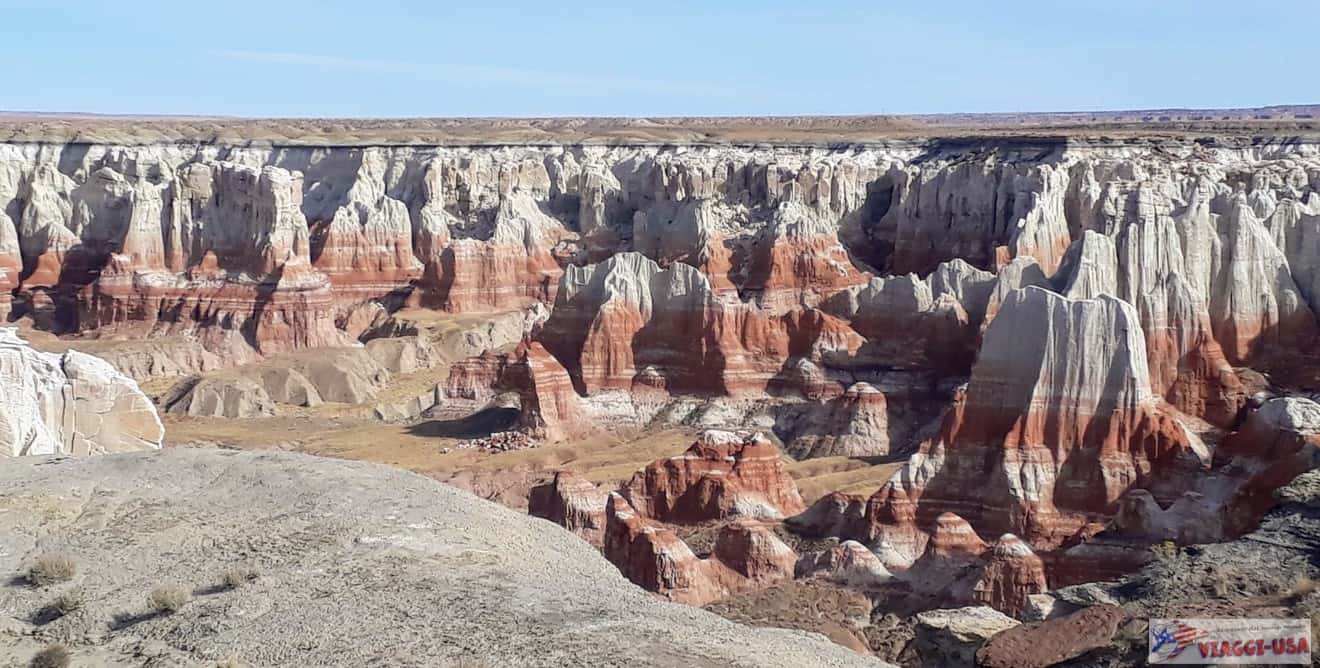
Coal Mine Canyon: Discovering A Natural Wonder in Arizona
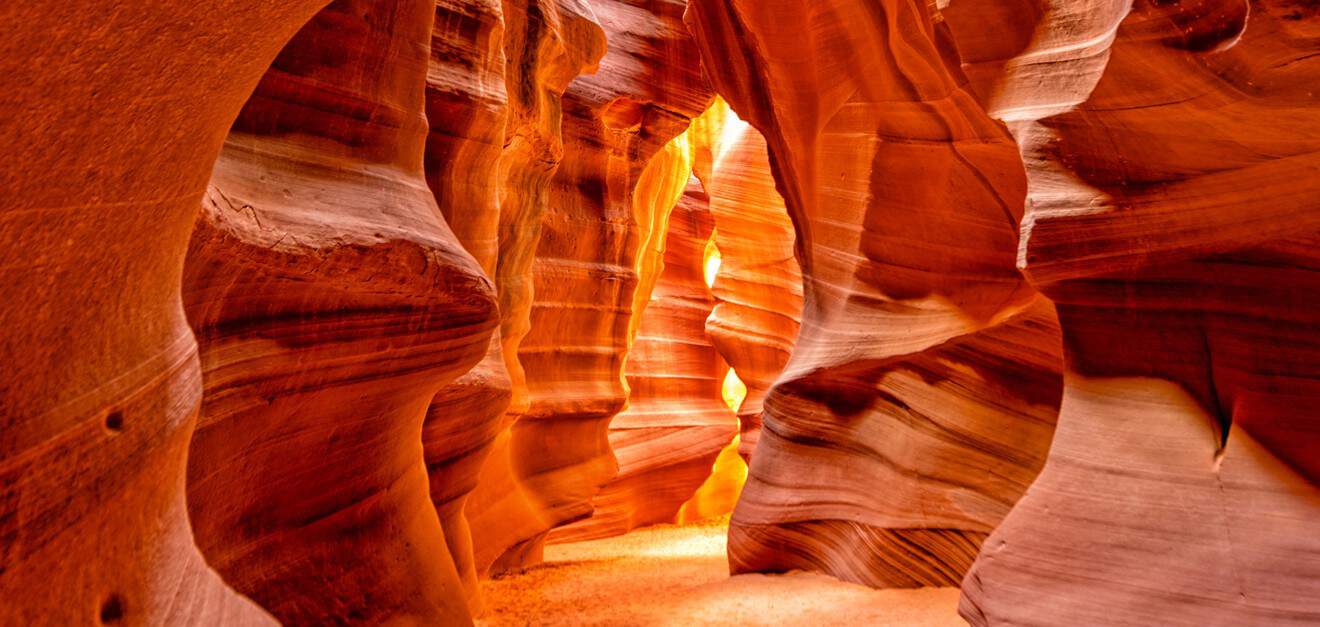
The Most Beautiful Slot Canyons in Arizona
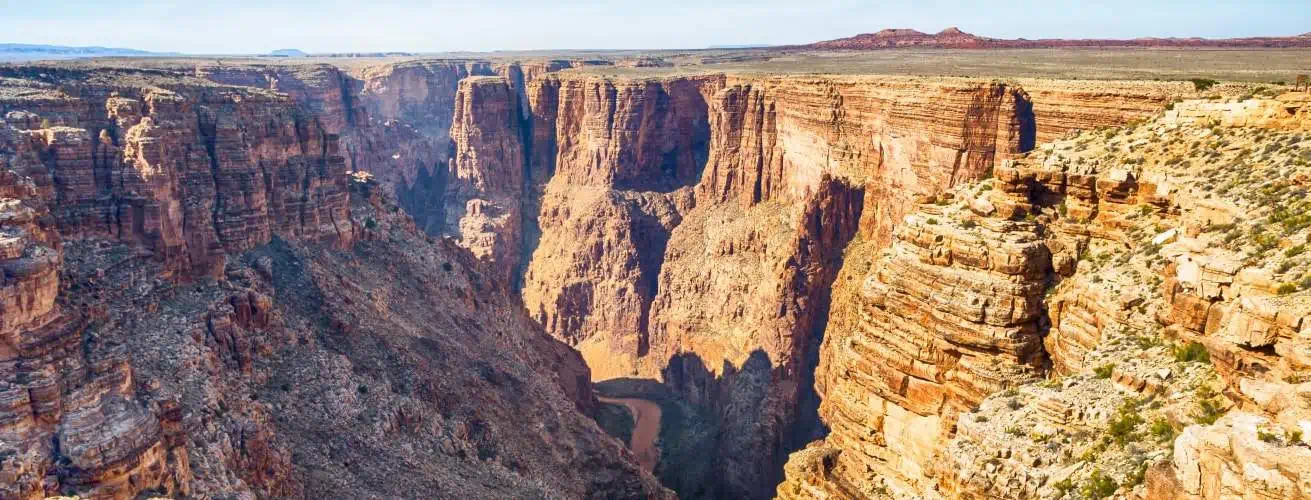
Little Colorado River Gorge: A Miniature Version of the Grand Canyon
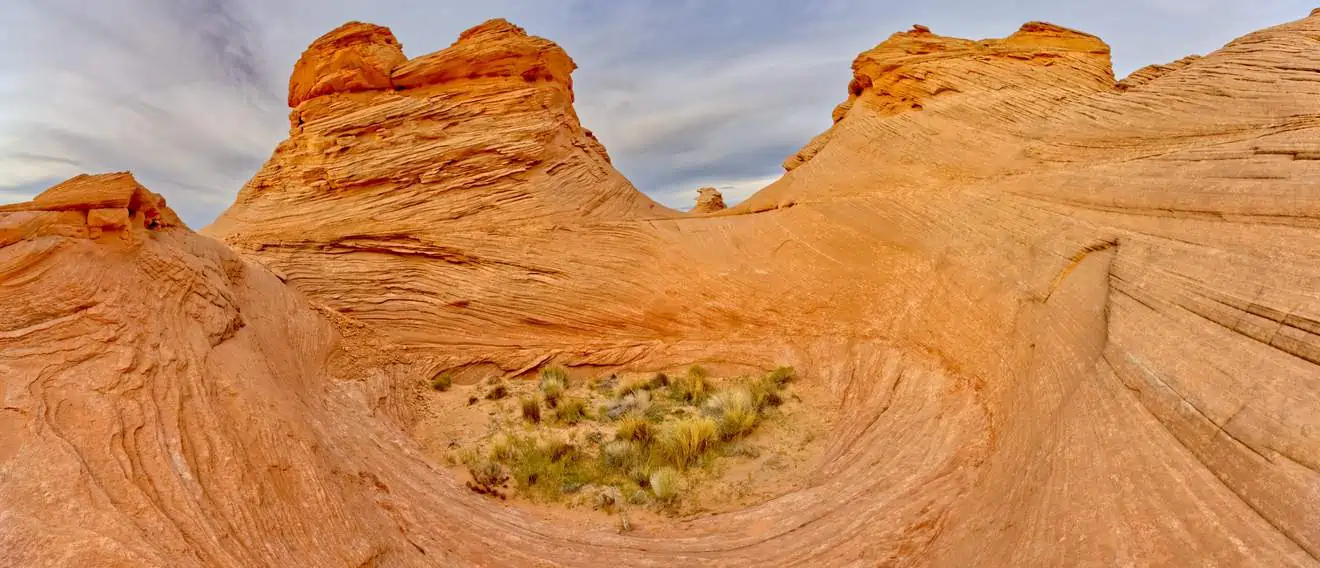
The New Wave in Page: Here’s a Great Alternative to the Wave in Vermilion Cliffs!
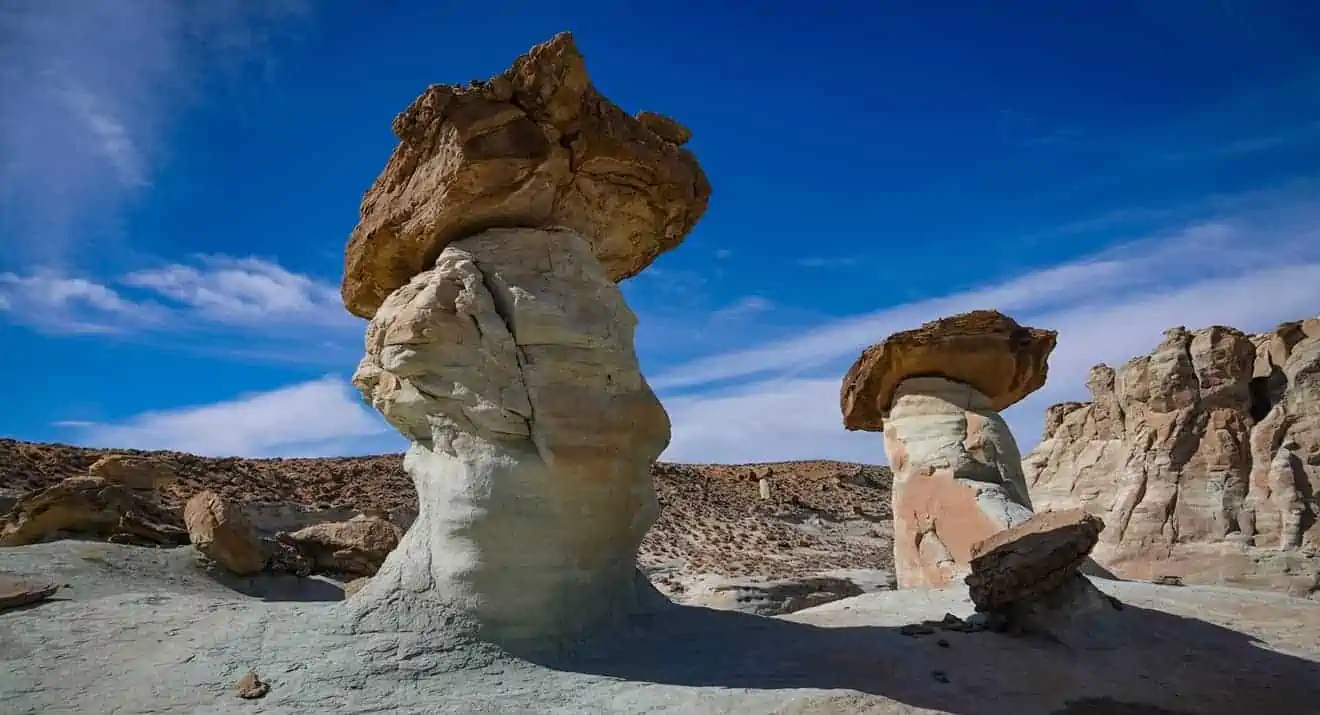
How to Get to Stud Horse Point? Tips for Visiting the Hoodoos near Page, AZ
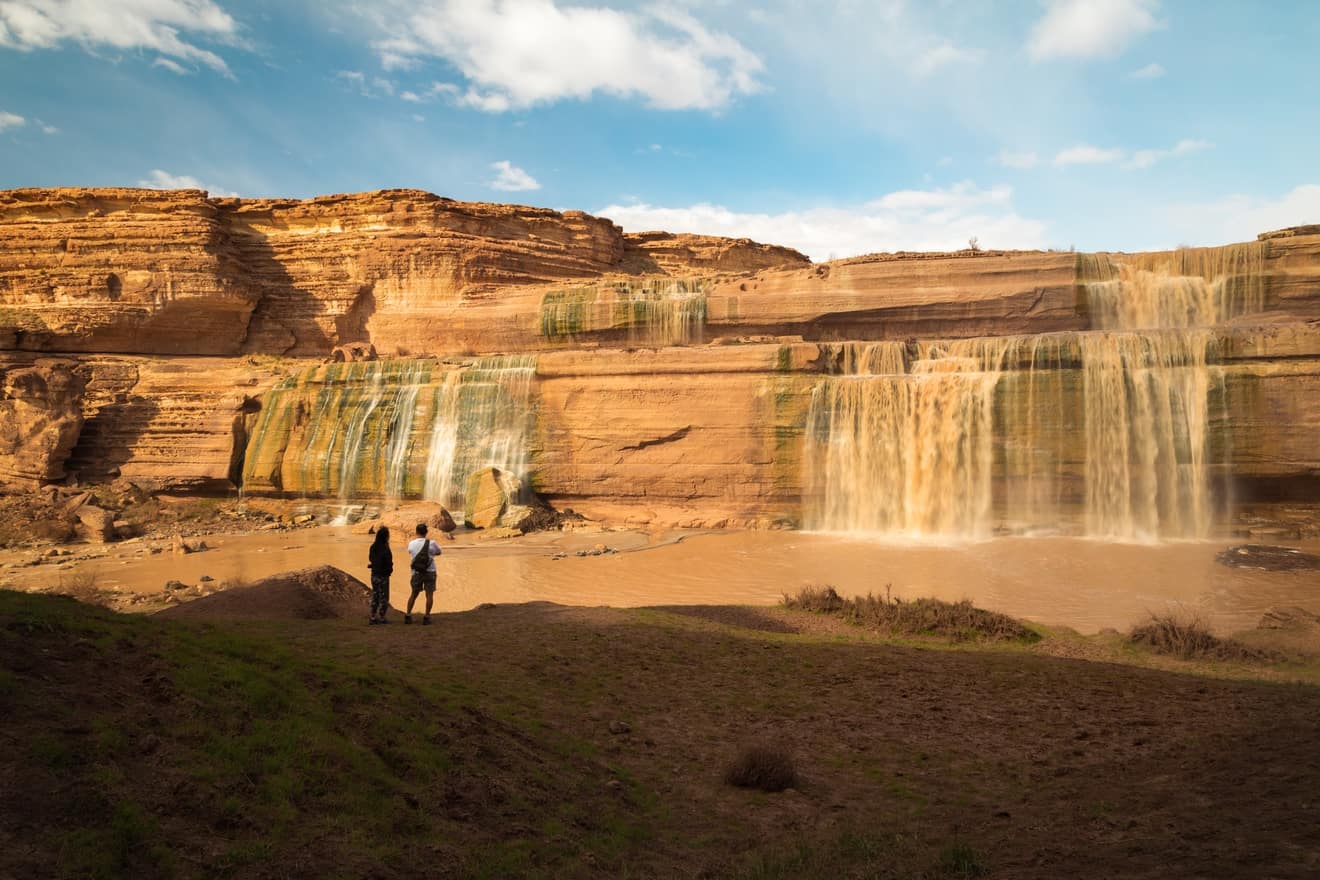
How do you get to Grand Falls in Arizona? Let’s discover the famous Chocolate Falls!
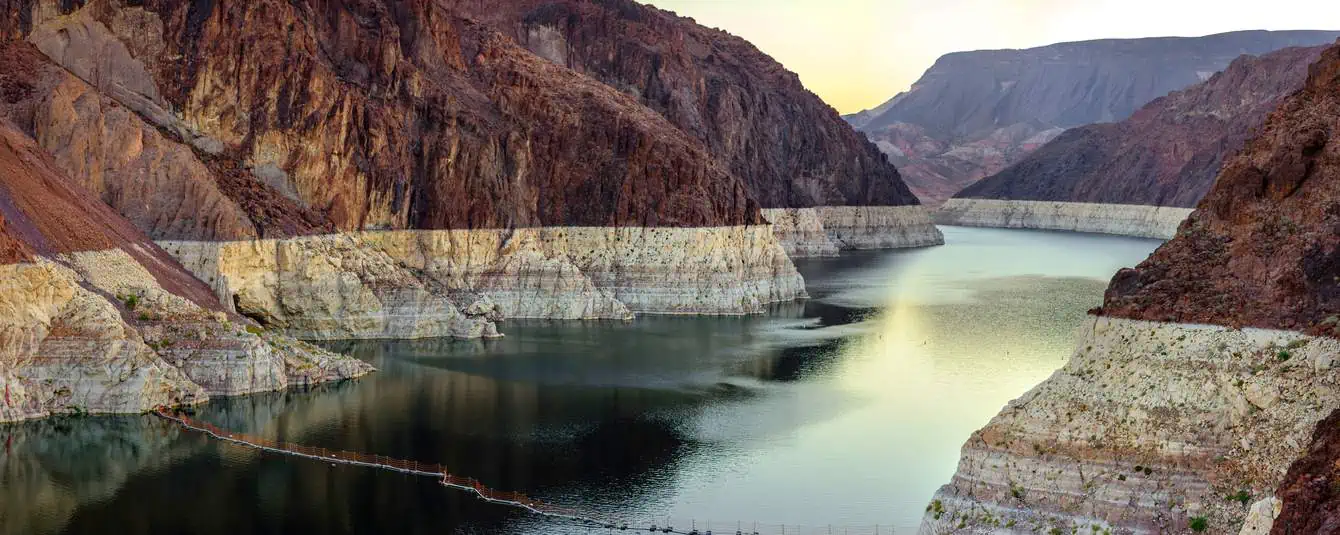
Visiting Lake Mead: Things to Do, Beaches and Hiking Trails
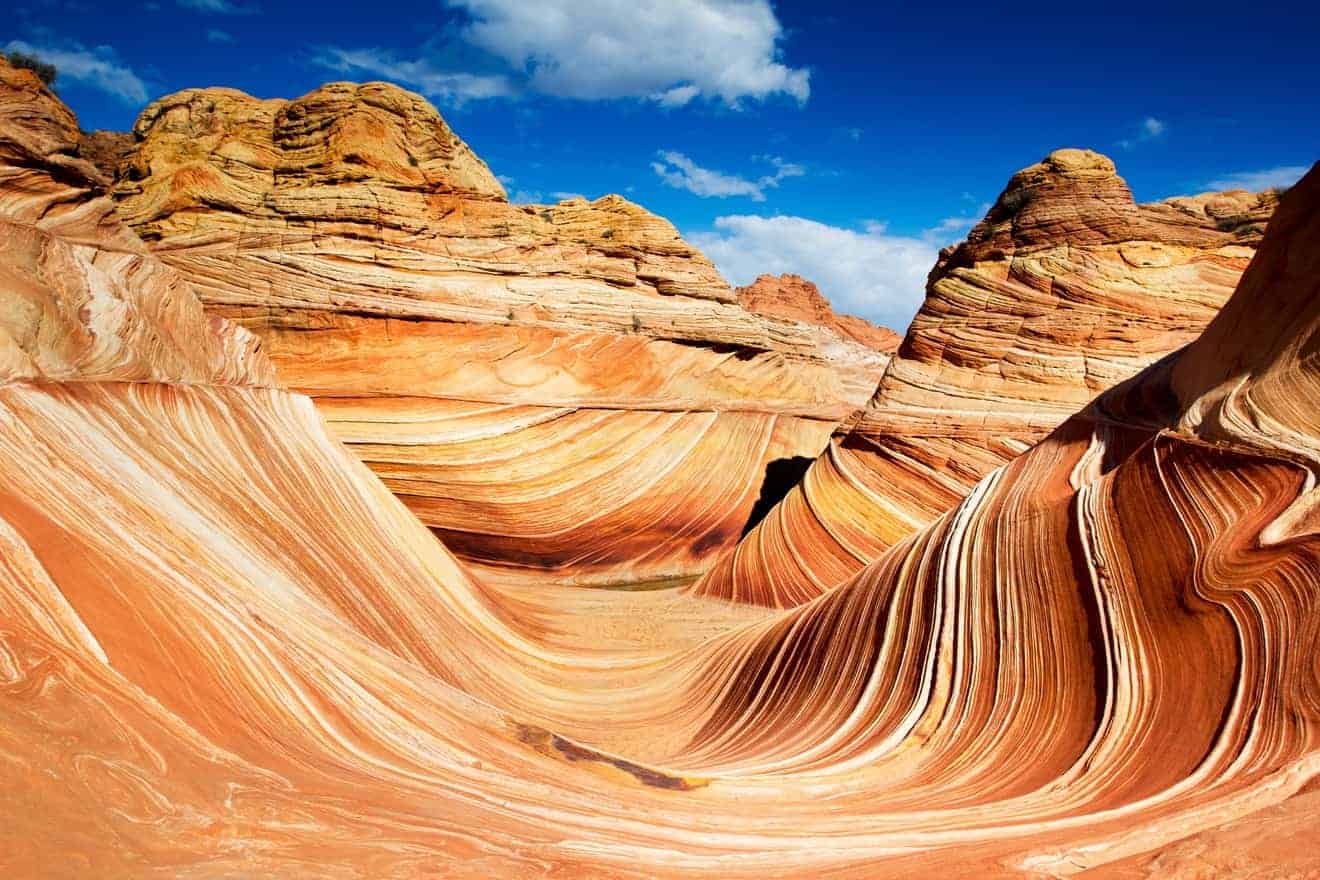
The Wave in Arizona – A Complete Guide to get your Permit
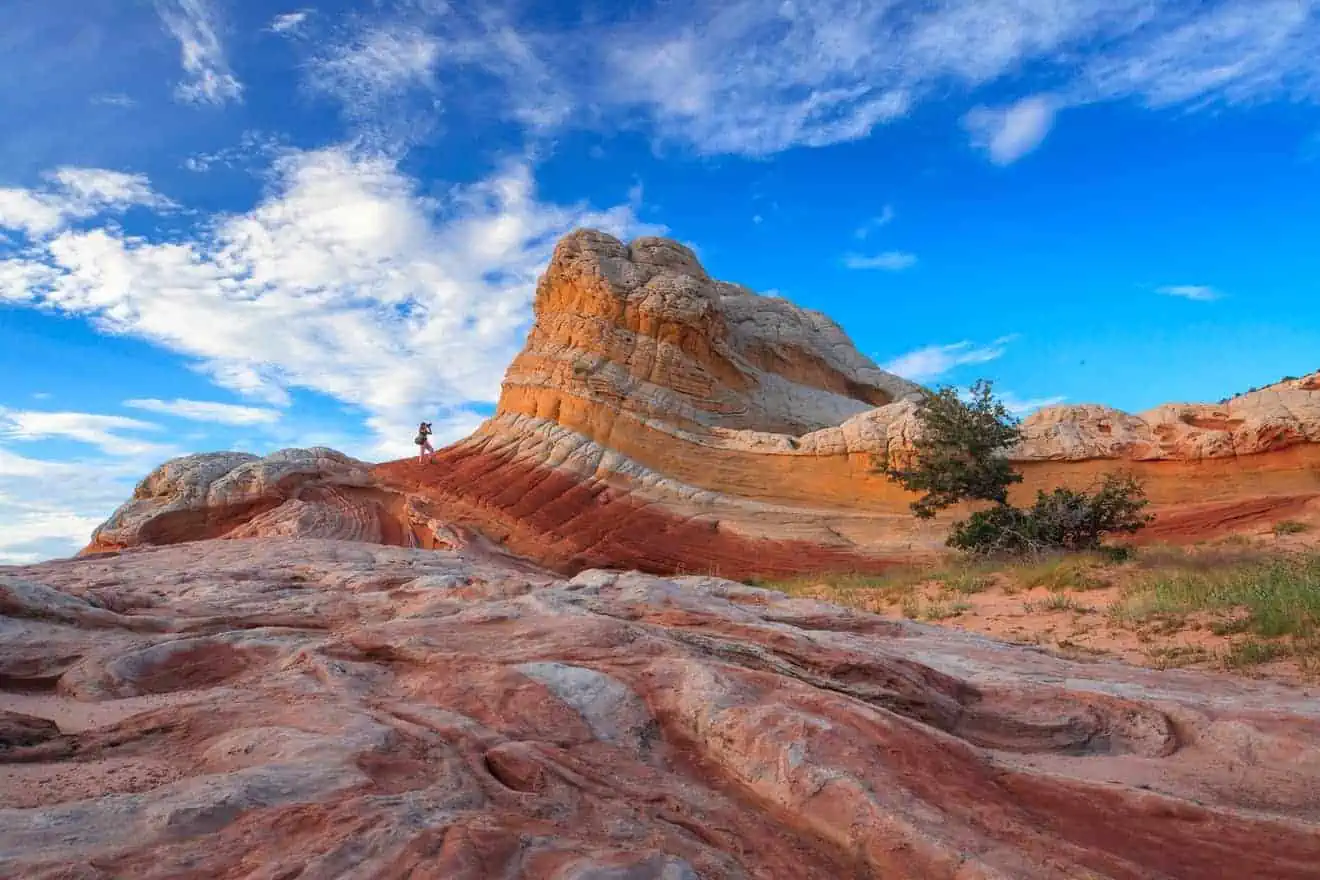
White Pocket in Arizona: a marvel in the Vermillion Cliffs National Monument
Cities and Ghost Towns
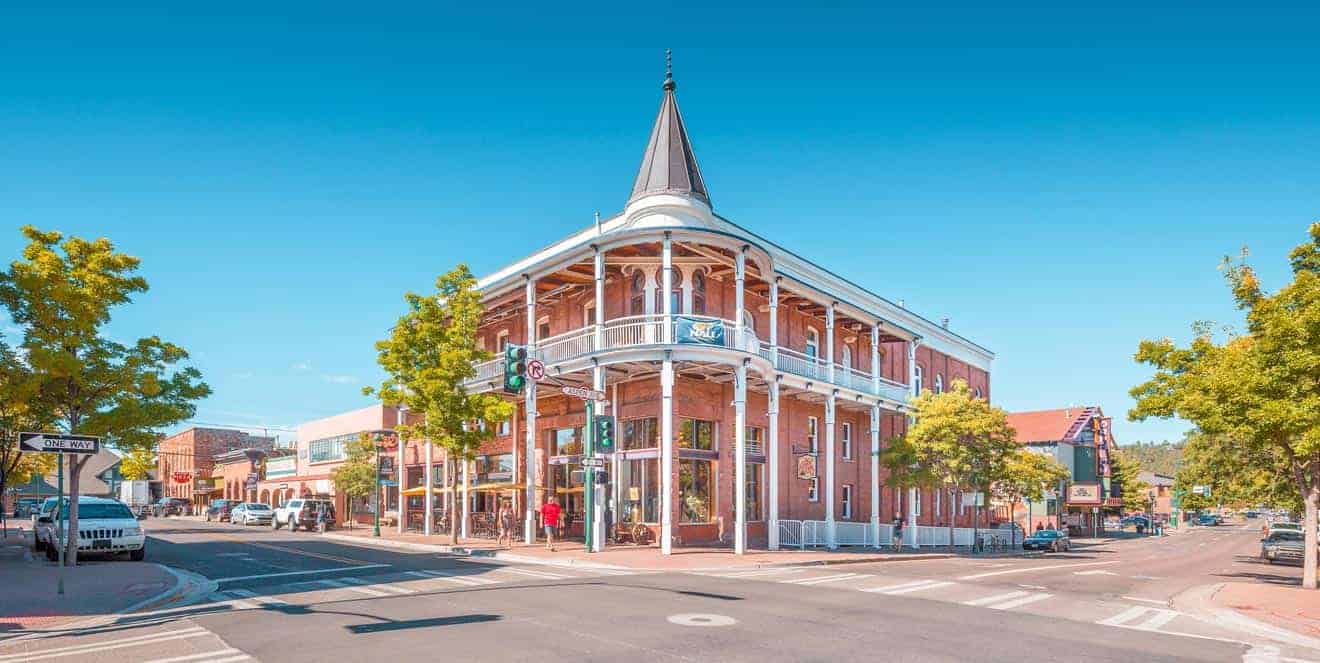
What is there to do in Flagstaff: a charming city in Arizona
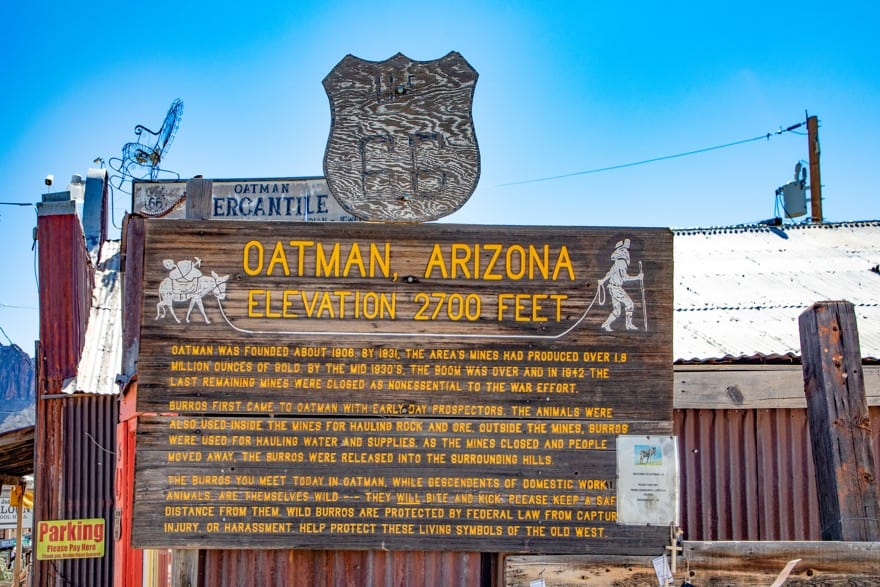
Oatman: A Thriving “Ghost Town” on the Arizona Border
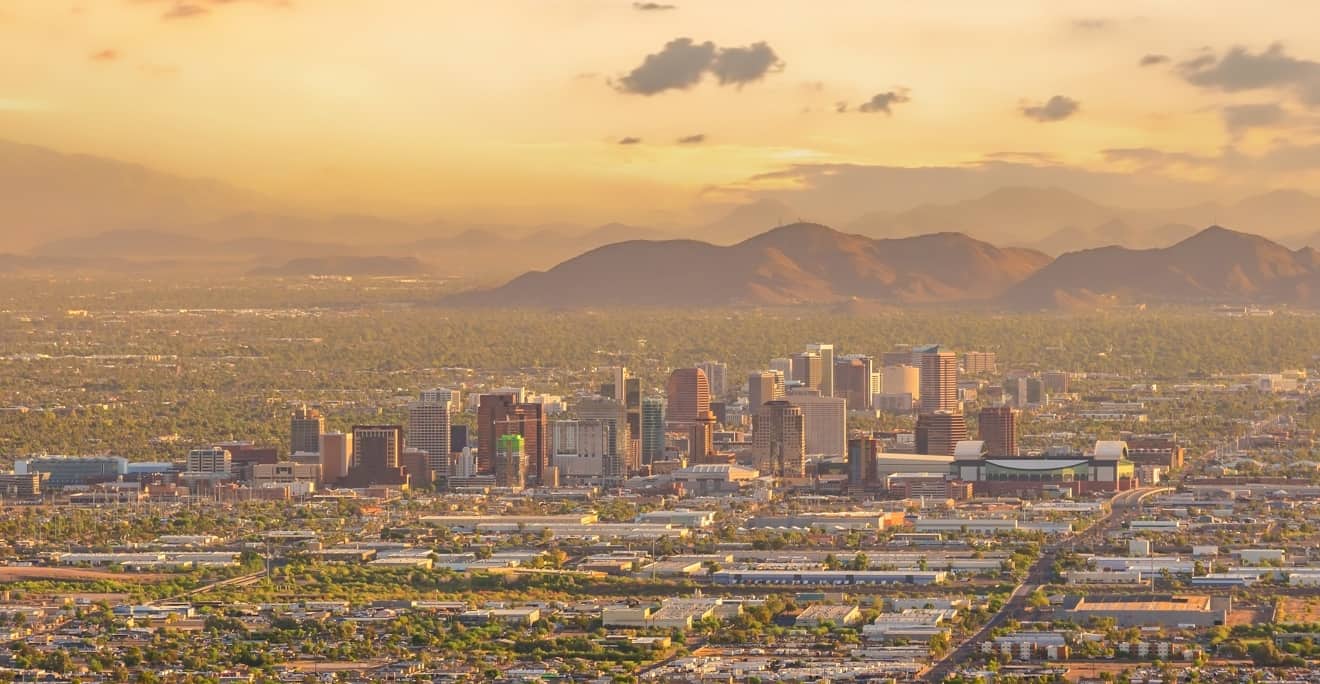
Visit Phoenix: Arizona’s Capital’s Must See Attractions
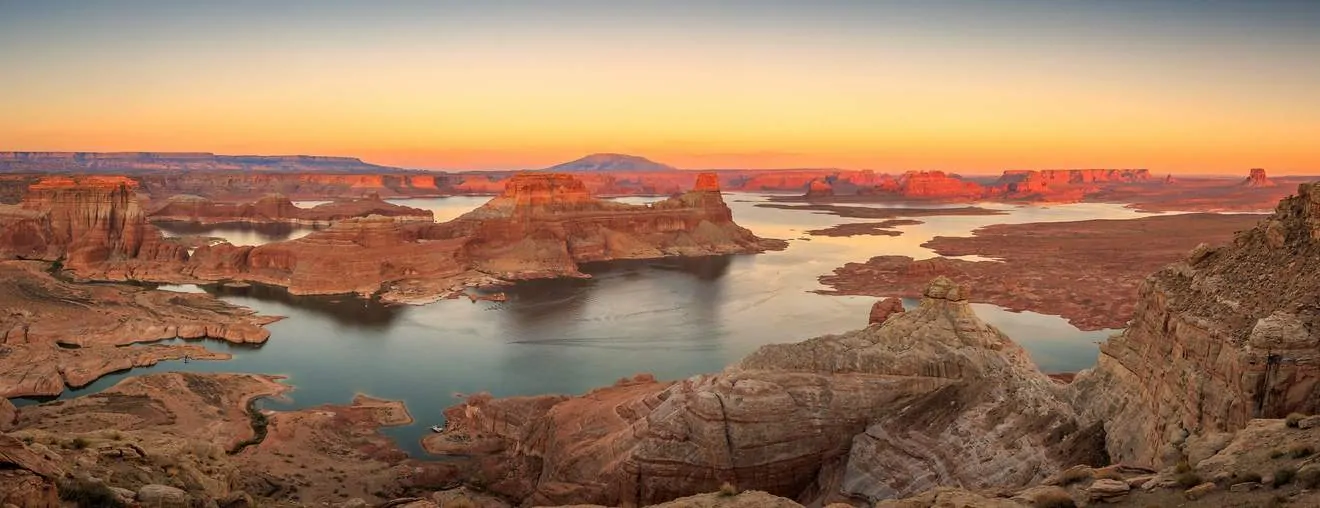
What to See in Page: Discover Antelope Canyon and Lake Powell
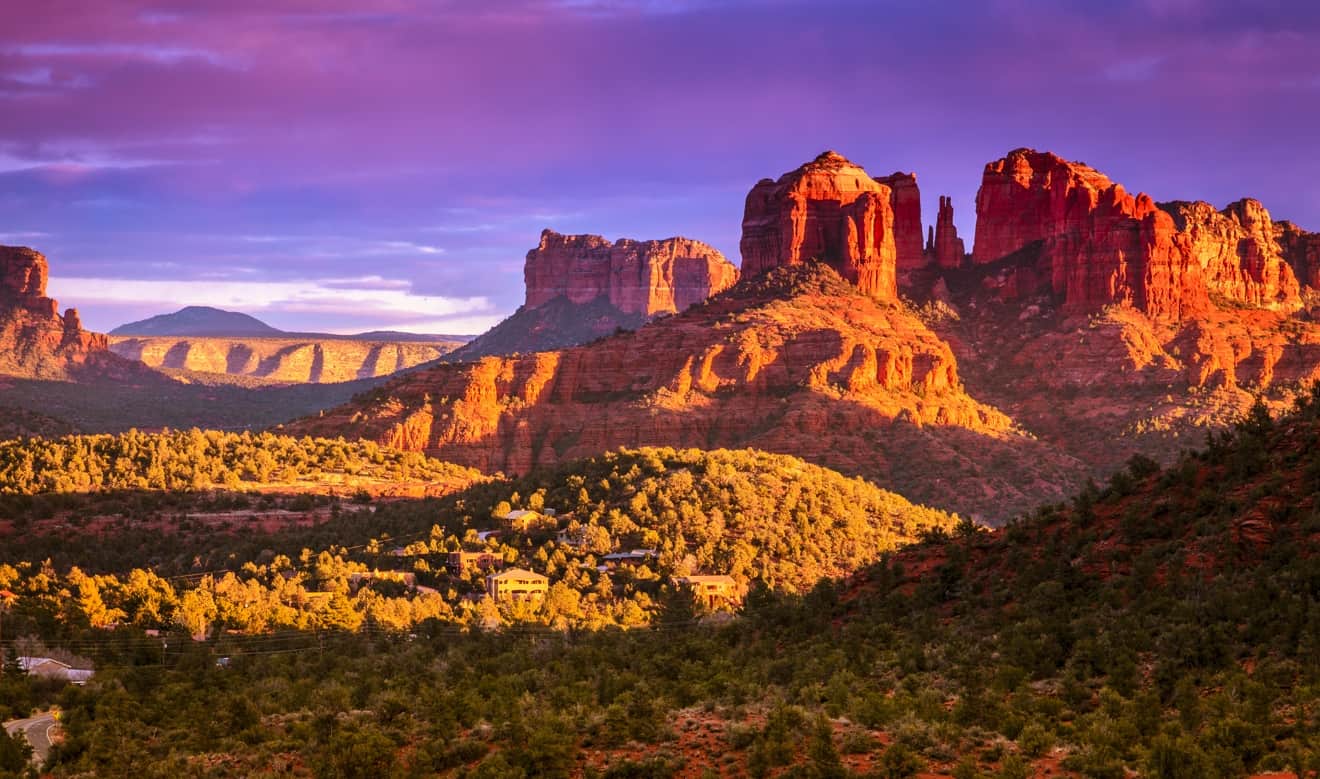
Best Things to Do in Sedona: A Mysterious City among the Red Rocks of Arizona
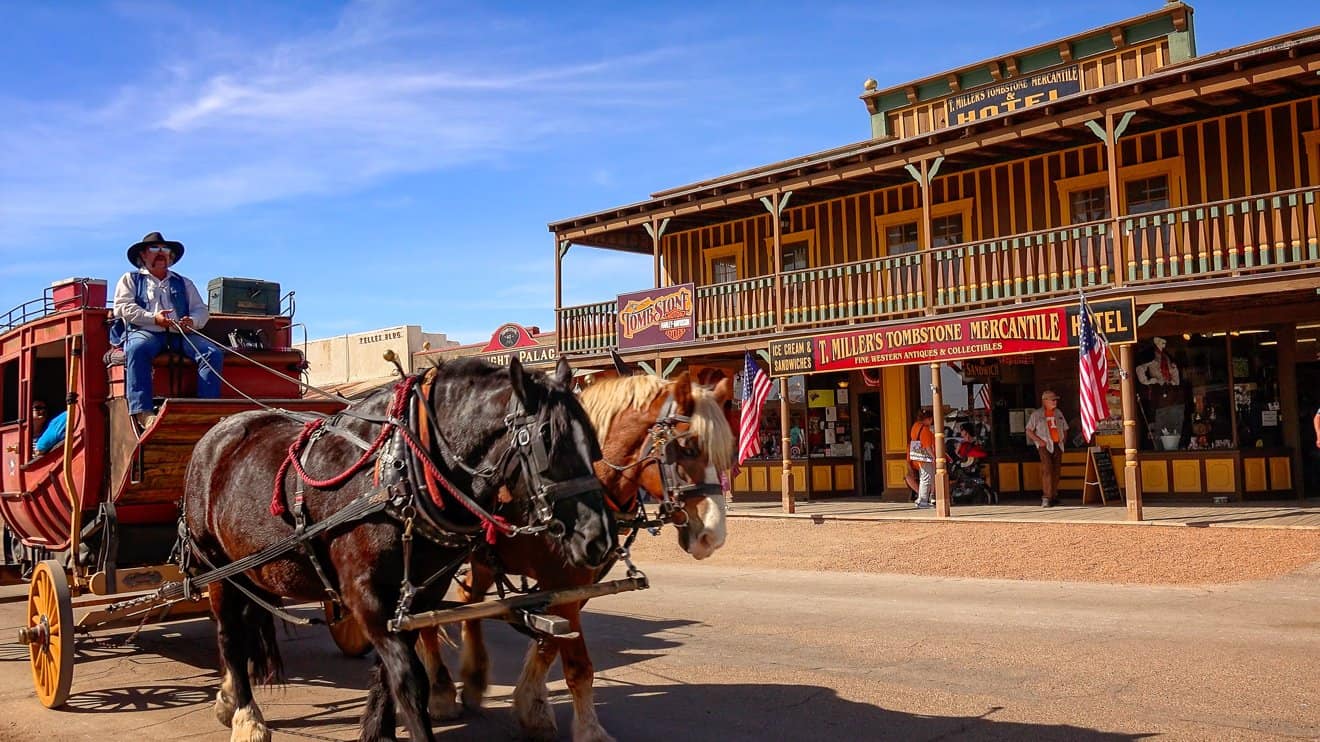
Visit Tombstone, Arizona: A Town in the Heart of the American West
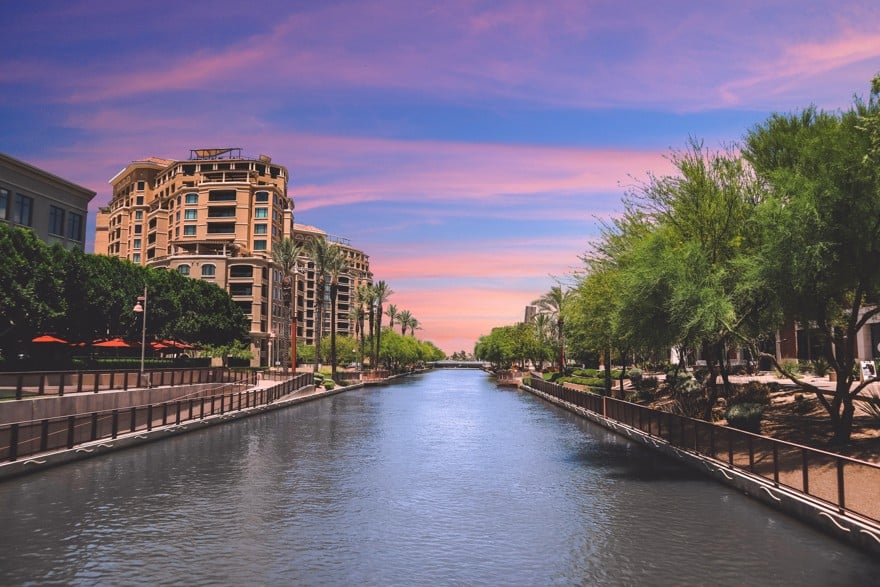
Scottsdale, Arizona: Attractions in Old Town, the Art District and in the Surroundings
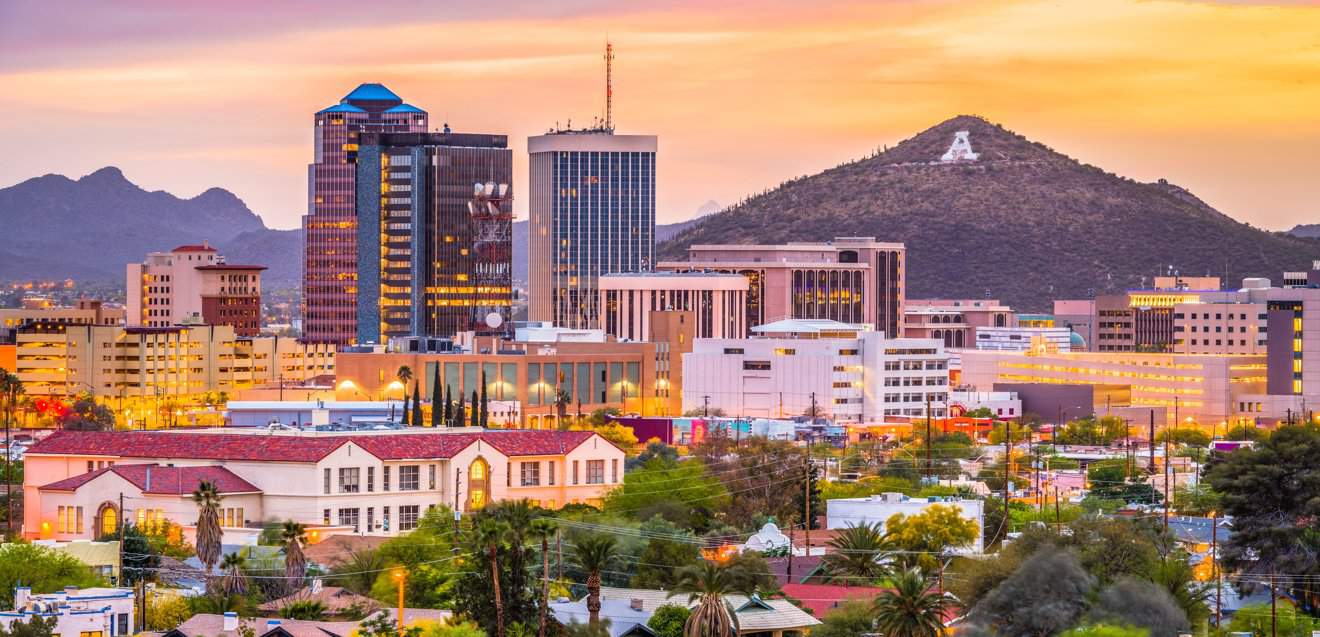
Tucson, Arizona: Best Places to Visit in and Around the City
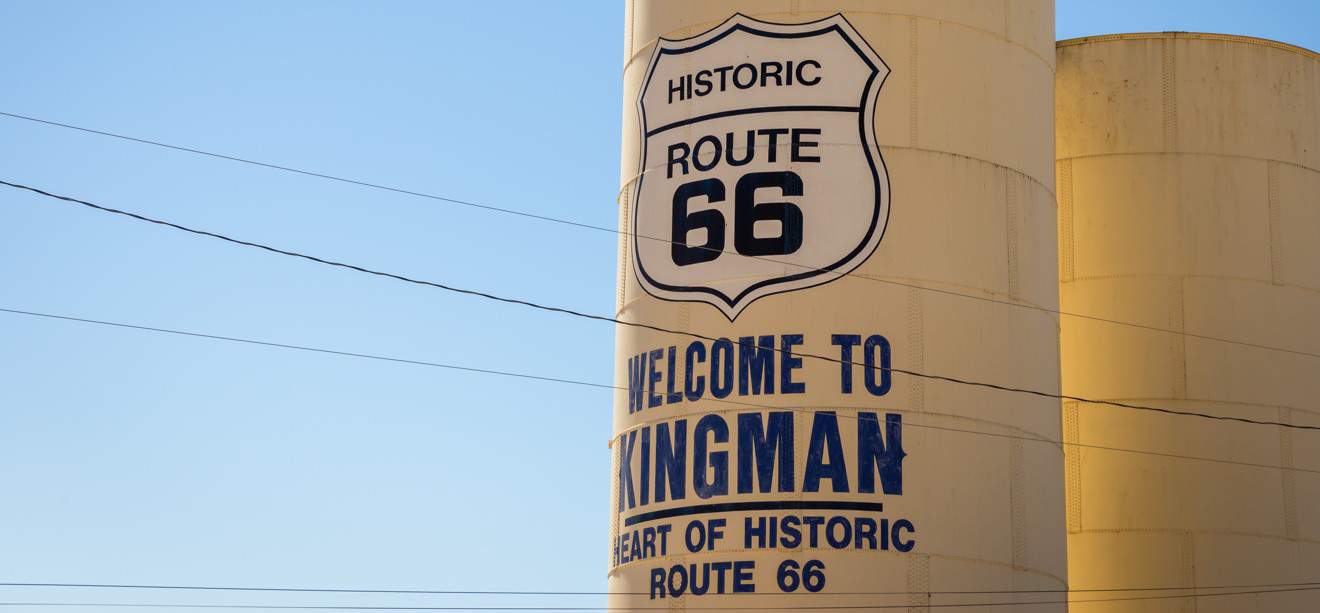
Kingman: A Strategic Stop along Route 66 in Arizona
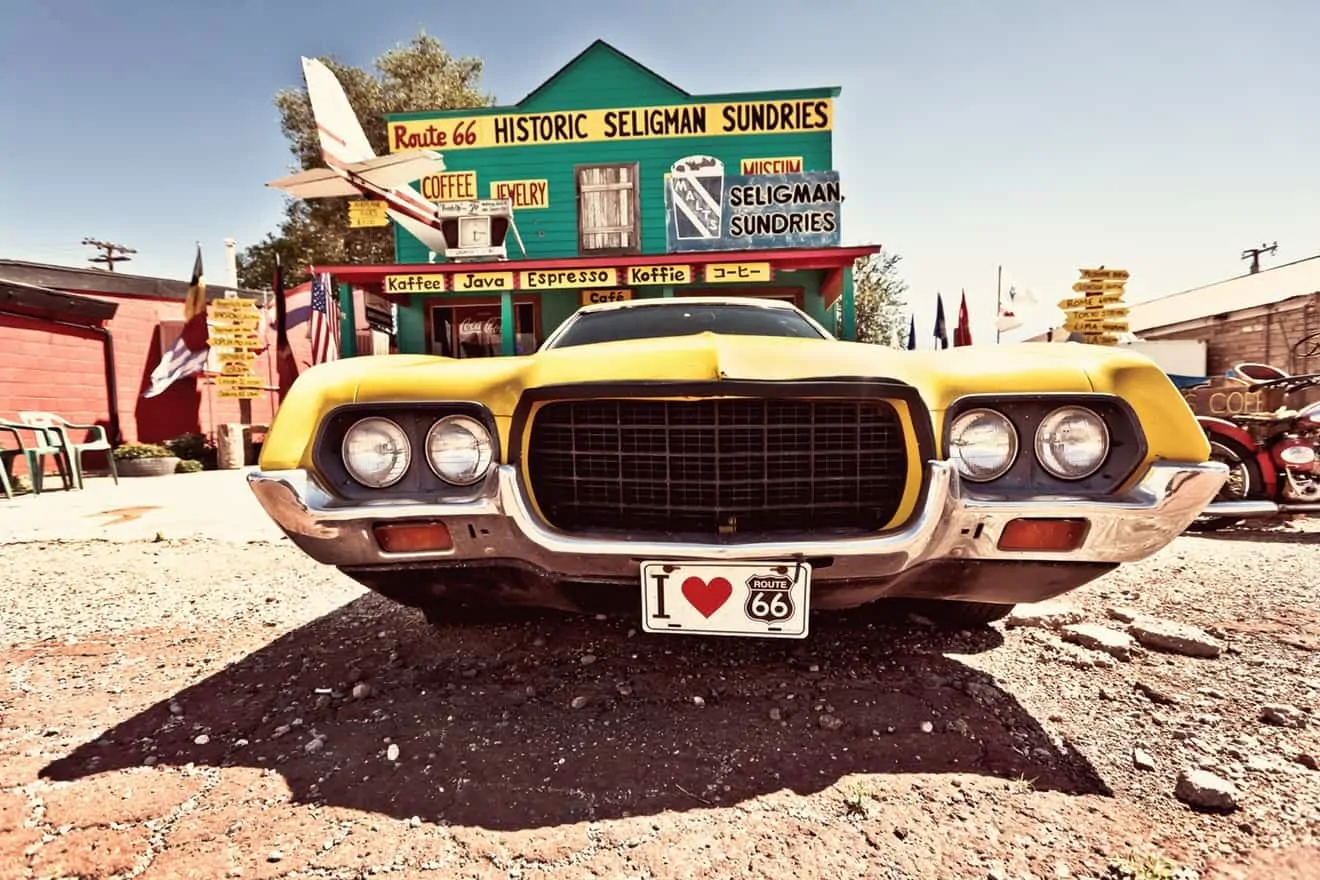
Seligman: The Historic Town on Route 66 that Inspired Disney-Pixar’s Cars
Route 66 in Arizona
Route 66 Arizona: All the Attractions along the Route
Arizona brings us to travel the last few miles that separate us from California and the final destination of our journey that began on Route 66 in Illinois. The Grand Canyon State, as you can guess from its nickname, is more famous for its national park than for the Mother Road, but, as we will discover, it also has much …
Read moreUnusual Attractions
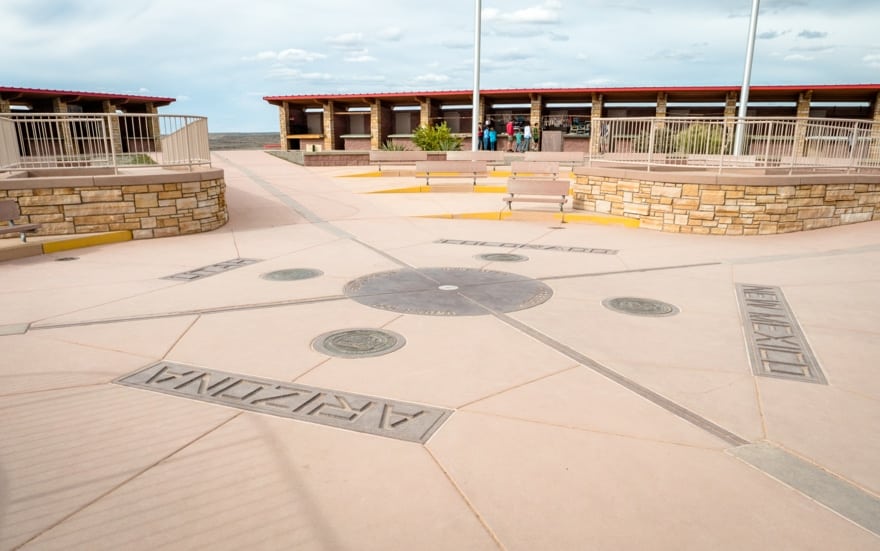
Four Corners: Have You Ever Been to Four States at Once?
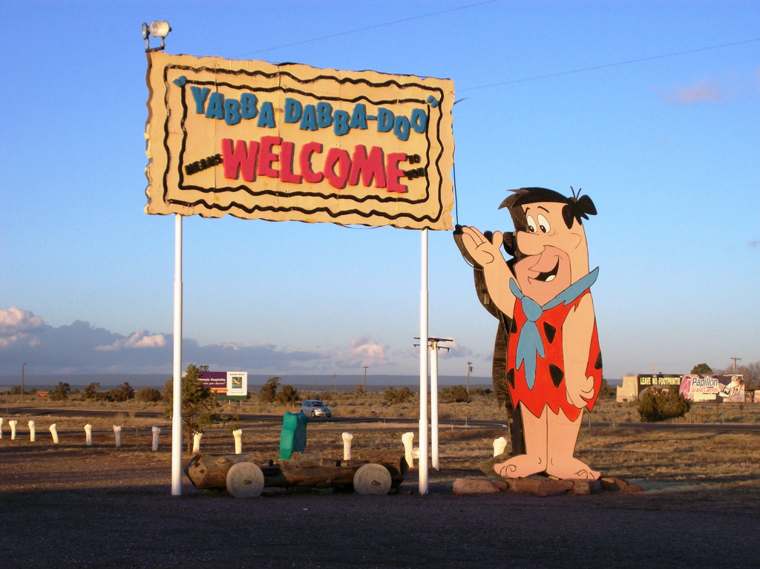
Bedrock City in Arizona: The Flintstones’ Village near the Grand Canyon
Map of Places to Visit
Arizona General Information
Etimology, Motto, Nickname
It is uncertain where the name “Arizona” derives from, but the popular belief that it comes from the Spanish “Árida Zona,” meaning arid territory, is not considered reliable. The most widely accepted theory is that it comes from the language of the Tohono O’odham Native Americans, who inhabited the region and referred to it as “Alĭ ṣonak,” meaning “Small spring.” This phrase was later transformed into “Arizonac” by Spanish settlers and eventually became “Arizona.” Another plausible etymology is from the Basque language (since many of the Spanish settlers here were of Basque origin): “haritz ona”, which means “Good oak”.
The state motto is “Ditat Deus“, which is Latin for “God enriches”. It was written in 1863 by journalist Richard McCormick, who was appointed secretary of the territory by President Lincoln.
Arizona has more than one nickname, but the most common one is “The Grand Canyon State“, which is easy to understand as the Colorado River has carved out the world’s most famous canyon in this state. It is also called the “Copper State” due to its copper mines and the “Valentine State” because it was admitted to the USA on Valentine’s Day.
Geography
Arizona is renowned for its natural wonders such as the Grand Canyon, Monument Valley, and other parks featuring desert landscapes and red rock formations. The state’s geography is characterized by plateaus and mountains set in a predominantly arid climate.
Extensions and Regions
Arizona has a land area of 114,006 square miles and ranks as the sixth-largest state in the USA by area. From a geographical perspective, it can be easily divided into three major regions: the Colorado Plateau, which is the large northern plateau crossed by the Colorado River basin, the extensive area of the Basin and Range, which covers the southern and western parts of the state, and the transitional zone: a central strip that runs just north of Phoenix. However, from a political standpoint, the division is more complex due to the presence of Native American reservations. The most significant reservation, important to know when visiting the state, is the Navajo Nation.
Geographical features
The Mogollon Rim mountain range stretches across Arizona from east to west, roughly in the center of the state. It is divided into several mountain ranges, with the main ones being the San Francisco Peaks, the White Mountains, and the Pinaleño Mountains. To the north of these mountains lies the Colorado Plateau, where you’ll find the Grand Canyon and other canyons formed by the Colorado River’s tributaries as it flows through the vast plateau. To the south of the mountains is the most populated region of the state, including Phoenix, Tucson, and other significant cities.
Main Mountains, Lakes and Rivers
In Arizona there are 14 mountains in Arizona that exceed 6,500 feet and three that exceed 9,000 feet: Mount Graham (10,722 feet) in the Pinaleño Mountains, Baldy Peak (11,407 feet) in the White Mountains, and the highest in the state, Humphreys Peak (12,637 feet), in the San Francisco Peaks range.
Arizona has only two natural lakes: Stoneman Lake near Sedona and Mormon Lake near Flagstaff. Moreover, Mormon Lake is a seasonal lake that forms only after heavy rainfall. However, the state has an abundance of artificial lakes, with a total of 126, the largest of which is Theodore Roosevelt Lake, covering an area of 2,1493 acres and reaching a depth of 344 feet. Lake Powell and Lake Mead are larger, but they are shared with Utah and Nevada, respectively.
Arizona is home to two major river basins: the Colorado River basin and the Yaqui River basin. The Colorado River originates in the state of Colorado, flows through the southeastern part of Utah, and then enters Arizona, where it forms the Grand Canyon in the northwestern part of the state. It continues south, serving as a border with Nevada and California before entering Mexico and emptying into the Gulf of California. Many of Arizona’s rivers are tributaries of the Colorado River. On the other hand, the San Bernardino River is the primary one among those that flow southward, forming the Mexican Yaqui River basin.
Capital and Major Cities
Phoenix is both the capital and the most populous city in the state. It has over 1,600,000 residents, and its metropolitan area approaches 5 million. In terms of population, the other two major cities (both with populations ranging between 500,000 and 600,000) are Tucson and Mesa (the latter being the primary city in the Phoenix metropolitan area). Additionally, there are several smaller to medium-sized cities. From a tourist perspective, Flagstaff (with approximately 74,000 residents) is significant as a key hub for tours throughout the state, and Page (with fewer than 8,000 residents) serves as the gateway to Lake Powell and is an almost obligatory stop for tours between Arizona and Utah.
Climate
Considering the vast area, Arizona features several different climatic zones. In the low-lying areas, the predominant climate is desert, where winters are mild and summers are very hot, with significant temperature fluctuations between day and night. During the winter months, temperatures range from 39°F to 75°F, while in the height of summer, it’s common to have daytime temperatures between 90°F and 120°F (the record of 127°F was recorded twice: in 1994 and 2007).
The climate in the northern highlands of the state is quite different, with colder winters and milder summers. Throughout the state, rainfall concentrates in two periods of the year: in winter when cold fronts from the Pacific Ocean arrive, and during the monsoon season in July and August, marked by heavy showers and thunderstorms that can lead to sudden floods.
It’s interesting to note that Arizona holds two opposing temperature records in the USA (excluding Alaska): the city with the most days exceeding 100°F (Phoenix) and the city with the most days below freezing (Flagstaff).
Wildlife
In Arizona, you can find mammals typical of the entire region of the USA, such as the black bear, mule deer, and coyote, as well as rarer animals like the javelina. This unique species of wild pig is found in various state parks in Arizona. Of course, there are also animals typical of desert areas, including the Gila Monster, a large lizard with a venomous bite, and the roadrunner, the small, fast-running bird famously featured in cartoons.
History
It’s no coincidence that a significant portion of Arizona is now Indian reservation land. For thousands of years, these lands were inhabited by various Native American tribes, including the Ancestral Puebloans (also known as Anasazi), the Mogollon, and the Hohokam. In 1539, the Spanish Franciscan Marcos de Niza made contact with the Native Americans, but compared to other areas, few Spanish settlers arrived here. It was primarily Jesuit missionaries who settled in this region, establishing a series of missions between the 17th and 18th centuries.
When Mexico gained independence from Spain, the territory of present-day Arizona was part of New California (or Alta California), along with present-day California, Nevada, and Utah, as well as parts of New Mexico, Colorado, and Wyoming. It became part of the New Mexico Territory and later the Arizona Territory in 1863. The State of Arizona has existed since 1912 when it was admitted to the USA on Valentine’s Day, February 14th. It was the 48th state to be admitted to the United States, the last among the contiguous states (excluding Hawaii and Alaska).
Due to its geographical and cultural proximity to Mexico, Arizona was directly involved in the events of the Mexican Revolution. From 1910 to 1920, many battles were fought in Mexico near the border, and many Arizonans enlisted to fight in Mexico. In 1918, the Battle of Ambos Nogales took place in Arizona. The 20th century also saw Arizona play a significant role in World War II, with German prisoner-of-war camps and the internment of 120,000 Japanese Americans located here.
In the 1960s, Arizona began to see the growth of retirement communities, where elderly individuals looking to escape the harsh northern climates would relocate to spend their retirement years.
Economy
Arizona may not be among the most prosperous states in the USA in terms of its economy. Historically, its economy has been built on what are known as the “Five C’s“: copper, cotton, cattle, citrus, and climate. Copper mining has remained significant to this day, with two-thirds of the copper extracted in the USA coming from Arizona.
Sport
Arizona is home to various sports disciplines, and it boasts four major league teams representing different sports: the Arizona Cardinals for American football, the Phoenix Suns for basketball, the Arizona Diamondbacks for baseball, and the Arizona Coyotes for ice hockey.
College sports are also highly popular in Arizona, with a long-standing and intense rivalry between Arizona State University and the University of Arizona. Athletes from these two colleges are considered rivals in many different sports disciplines, making for spirited competitions and passionate fan support.
